Solitude on a sunny deck is no accident; it’s the result of thoughtful design that balances shelter, airflow, light, and style. From subtle plant screens to sleek architectural upgrades, today’s solutions let you tailor how much of your outdoor life you share—while adding beauty, shade, or even noise relief. Below, you’ll find twenty proven ideas, each distilled into a practical 100-to-120-word action plan so you can choose the perfect mix for your space and budget.
1. Retractable Solar Shades for Deck Seclusion
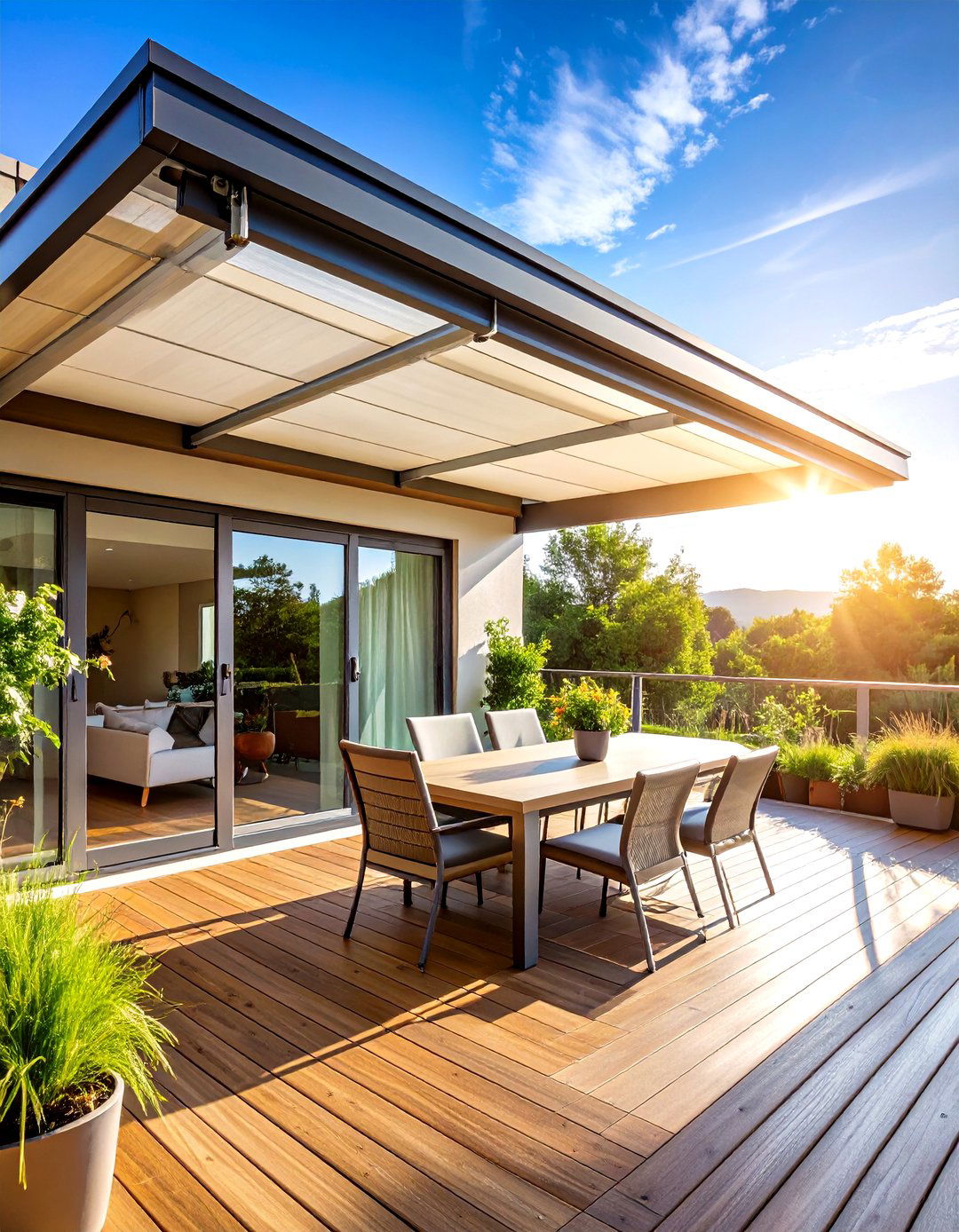
A discreet roller mounted to the beam or soffit lets you drop an exterior-grade solar shade whenever curious eyes—or harsh sun—appear. Modern fabrics block up to 99 percent of UV while preserving airflow and outward views, and zipper-track or cable-guide systems stay steady in winds of 35–50 mph. Opt for motorized control if your deck is wide or elevated, and look for “openness” levels of 3–5 percent for the best privacy-to-view ratio. Regular hose-off cleaning keeps the mesh looking crisp; no staining or painting required. Remember to measure between posts, not post-centers, to guarantee a taut fit. American Blinds
2. Planter-Box Privacy Walls for Decks
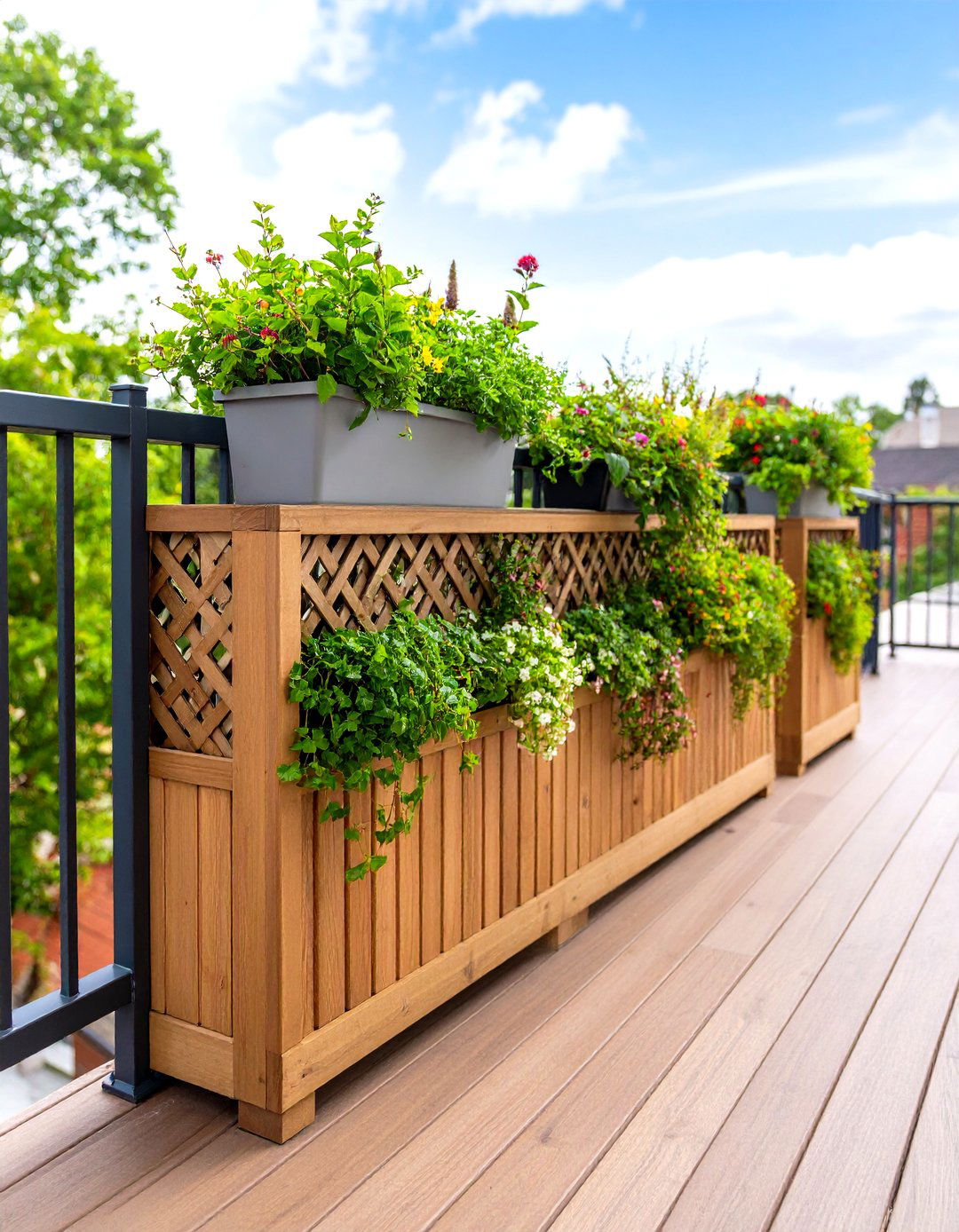
Freestanding cedar or vinyl planter boxes topped with an integrated lattice or slatted screen create instant vertical coverage and a lush focal point in one project. Fill the bed with trailing ivy or quick-growing vines and stagger two or three units along the exposed rail to form a leafy wall that also dampens sound. Choose rot-resistant materials or composite kits if you’d rather skip annual sealing. Heavy casters add flexibility—just roll the boxes seasonally to chase shade or reclaim a view. Watering is simpler than you think: install drip emitters inside the soil for hands-off irrigation that avoids spraying the screen. The Home Depot The Sun Amazon
3. Climbing-Vine Lattice Screens on Deck Railings
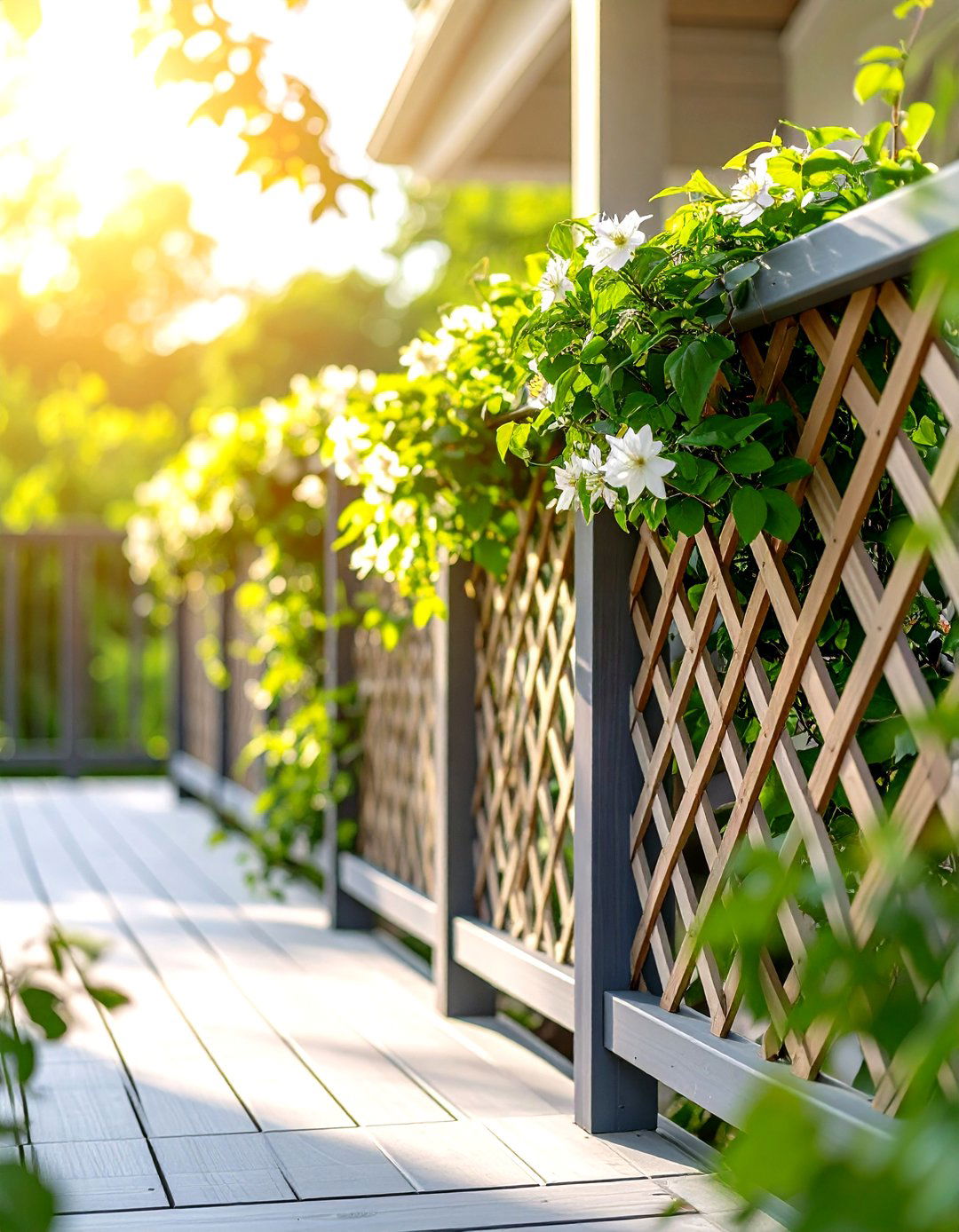
A lightweight lattice panel screwed to deck posts turns open balusters into a living curtain. Attach it a few inches inside the rail so stems can wrap both sides, and plant fast climbers like clematis or honeysuckle in slim troughs. In warm climates, try edible pole beans for a summer privacy boost that also feeds the family. Hardwood lattice takes stain beautifully, but PVC panels stay brighter with zero upkeep. Anchor the feet with L-brackets to resist wind, and prune after flowering to keep foliage dense where coverage matters most—eye level. Austex Fence & Deck Schlage Naperville Roofing & Construction
4. Low-Maintenance Composite Deck Privacy Panels
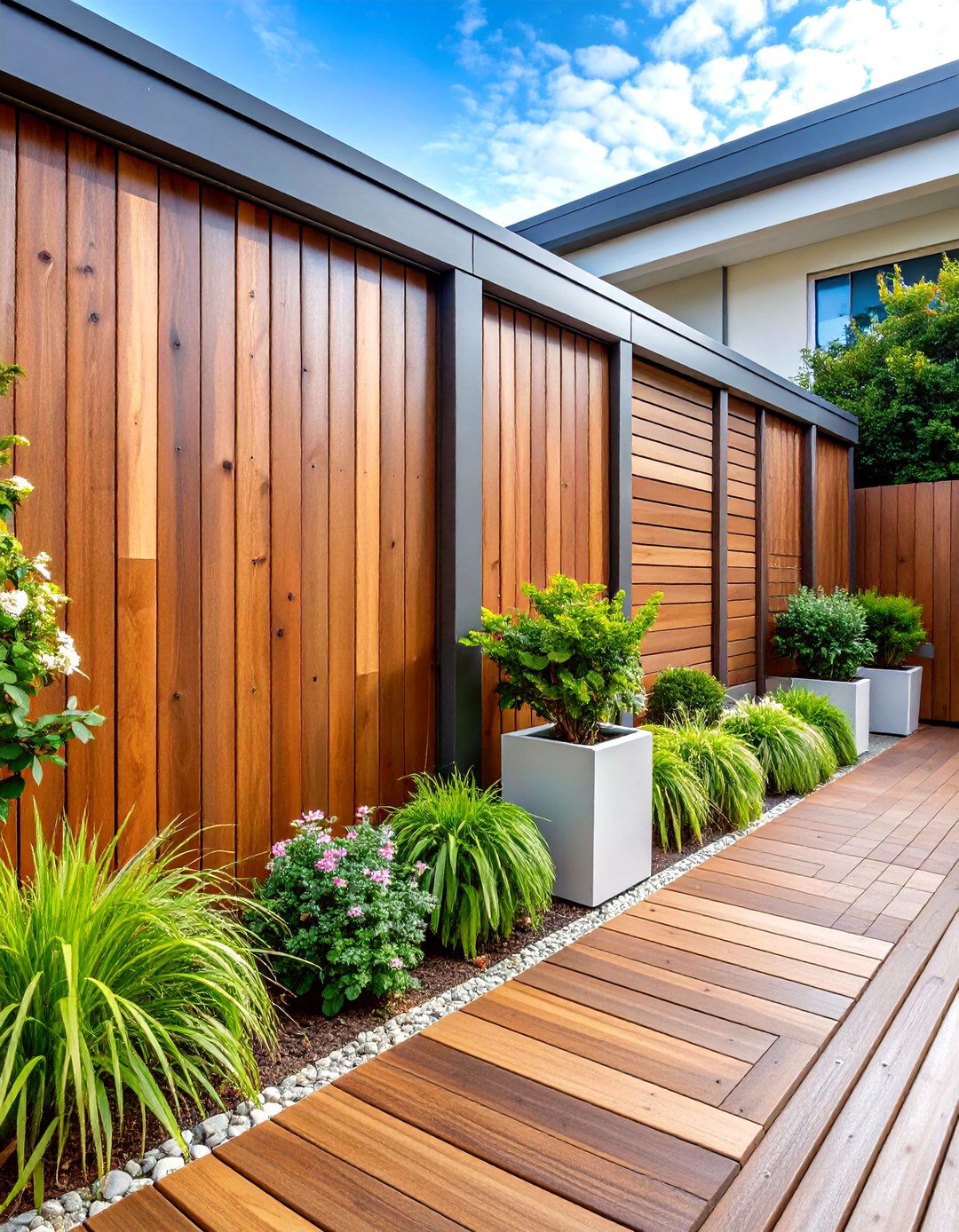
If you love clean lines and hate repainting, composite privacy panels are worth the upfront cost. Made from recycled wood fibers and plastic, they shrug off rot, insects, and mildew yet mimic real timber grain. Mix-and-match slats, laser-cut inserts, or frosted acrylic accents for a custom look. Most systems slot into aluminum posts you bolt through the rim joist, making them retrofit-friendly. Hose them down twice a season, and you’re finished—no splinters, no fading stain. For a softer edge, train climbing roses up the posts; composites readily accept screw-in eyelets for plant ties. Cascade Fence and Deck
5. Louvered Pergola Roofs to Control Deck Exposure
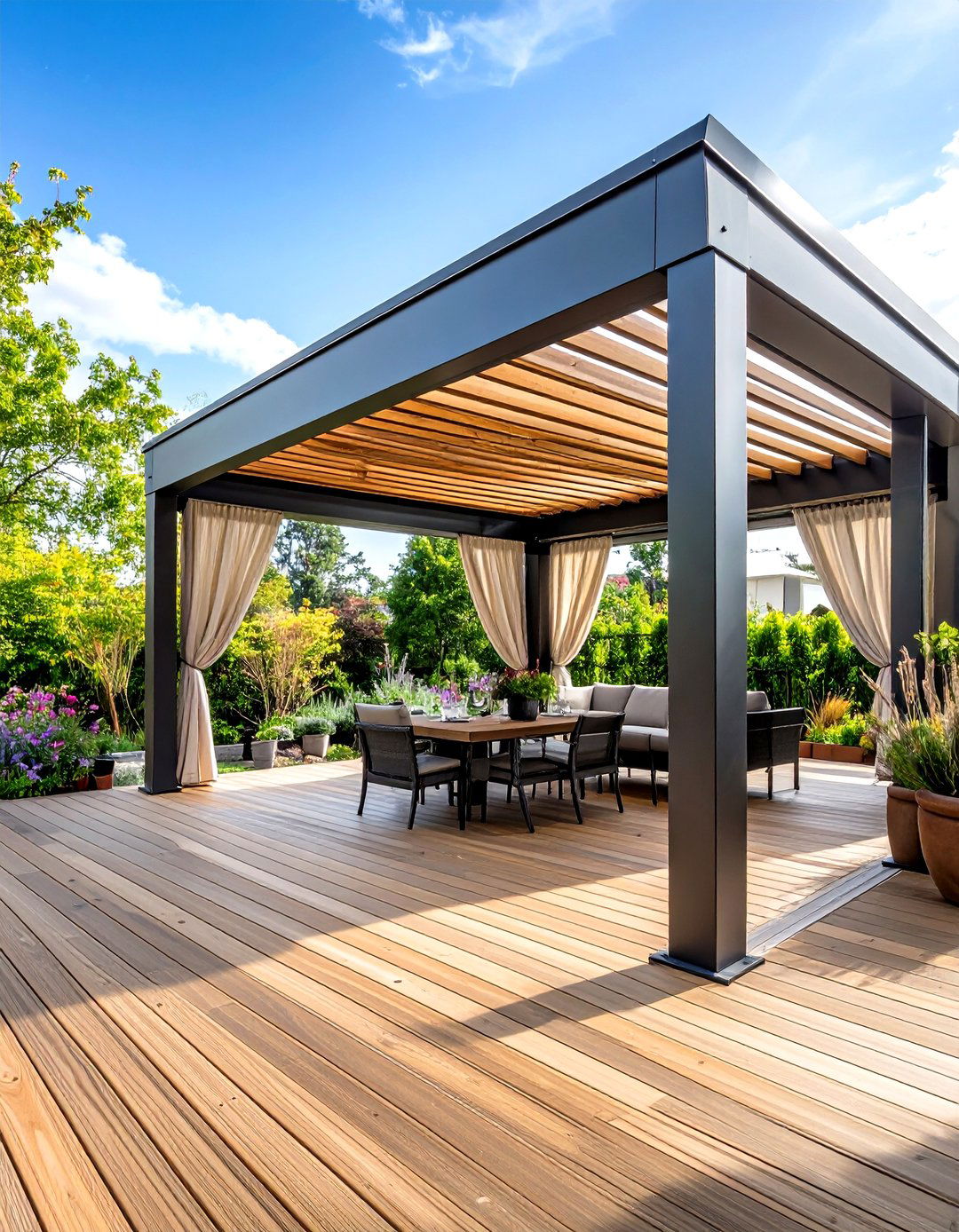
An aluminum pergola with adjustable louvers lets you dial privacy, light, and rain protection with one crank—or a phone app. Angle the blades closed to shield overhead windows, then tilt them for star-gazing once guests leave. Integrated gutters whisk water off the deck, and many kits accept drop-in privacy curtains or screens later. Because posts tie into existing footers, you rarely need new foundations, but do verify snow-load ratings in cold zones. Dark powder-coat finishes virtually disappear against modern siding, while light gray keeps things airy above composite decking. Amazon Wayfair Architectural Digest
6. Weatherproof Outdoor Curtains Around a Deck

Stain- and fade-resistant drapes transform open pergolas or porch frames into a cabana-like hideaway. Grommet-top panels slide along marine-grade stainless cables, so you can pull them shut for privacy or angle them to block a neighbor’s second-story window. Look for fabrics with at least 1,000-hour UV ratings and mold-resistant threads; many rinse clean with a hose. Install tie-backs at each column to tame flapping, and double-rod setups let you layer a sheer inside a heavier blackout panel for flexible ambiance. When hurricane season looms, unhook the panels and store them dry to extend their life. Amazon The Home Depot
7. Angled Shade Sails for Modern Deck Privacy
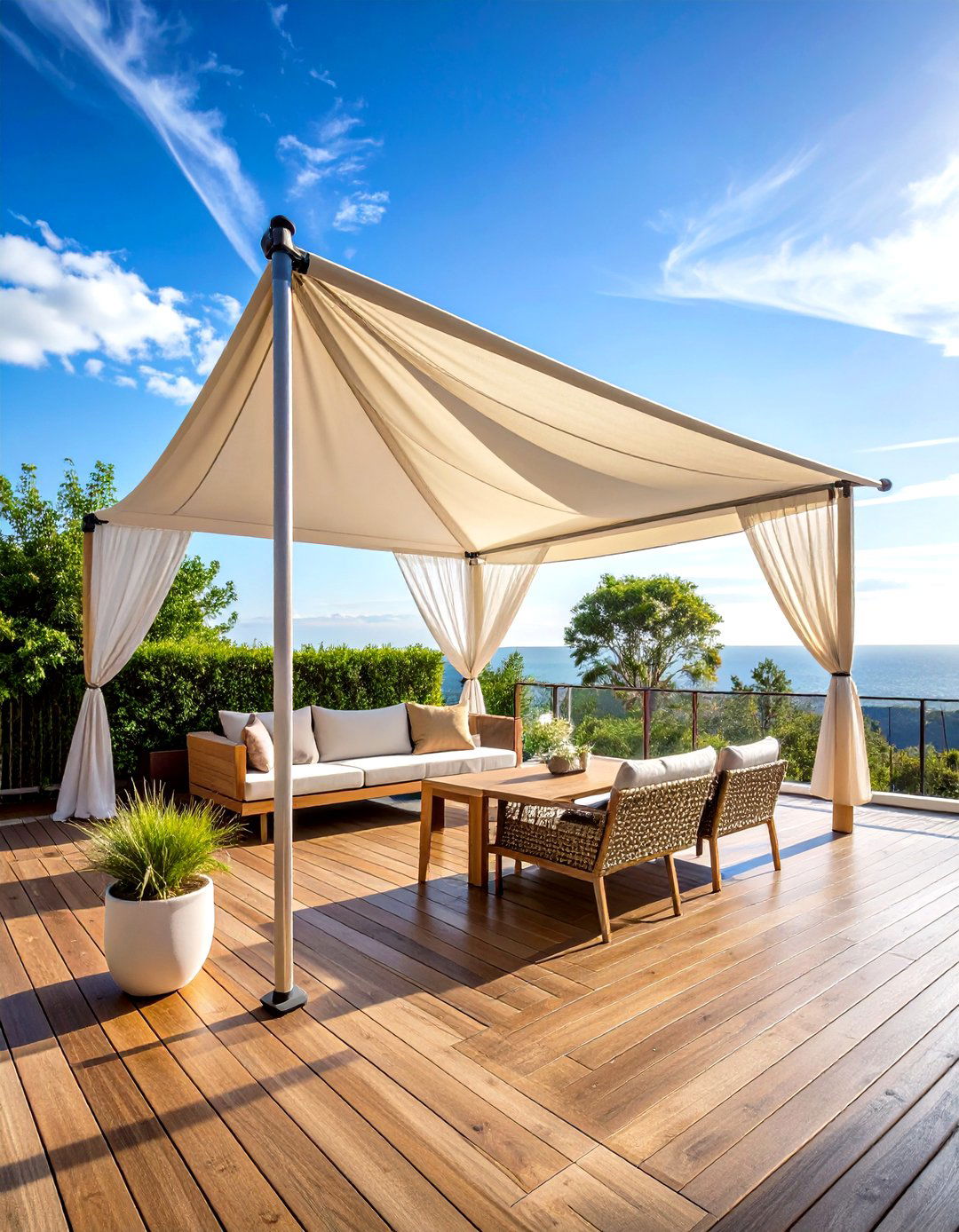
Mount triangular or hypar shade sails so one corner dips low along the sightline you want to hide. The angled fabric lends a sculptural feel while blocking views from above or across the fence. Choose high-density polyethylene rated to 90 percent sun blockage and stainless turnbuckles for safe, drum-tight tension. Offset multiple sails at varying heights to let breezes through without sacrificing shade. Check local codes; some areas treat permanent footings for sail posts like accessory structures. Replaceable snap-link hardware means you can swap colors or take the sails down for winter in minutes. Pinterest
8. Frosted Glass Railings for a Sleek Private Deck

Tempered, frosted panels deliver obscured sightlines while preserving daylight and a distinctly upscale vibe. The etched finish blurs shapes—excellent for close-set urban lots—yet admits soft, filtered glow onto the decking. Frameless clip-system rails keep visual clutter low; just ensure footings or blocking meet the glass manufacturer’s wind-load specs. Combine panel heights—upper frosted for seated privacy, lower clear for pets or kids—to balance openness and seclusion. Clean with non-ammonia glass spray and a microfiber cloth to avoid scratching the coating. Muzata Railing Systems Naperville Roofing & Construction
9. Living Wall Systems to Green Your Deck Privacy

Modular felt or plastic pockets mount directly to studs or a freestanding frame, holding herbs, ferns, or succulents in a vertical tapestry that screens neighboring yards. Built-in drip irrigation keeps watering low-effort; just connect to a timer and fertilize monthly. Because roots are shallow, weight stays manageable—about 10 kg per square meter saturated—making living walls feasible even on balcony decks. Rotate seasonal color by swapping individual planter inserts, and add low-glare LED uplights for dramatic evening texture. Florafelt Architectural Digest This Old House
10. Tall Ornamental Grasses Screening the Deck
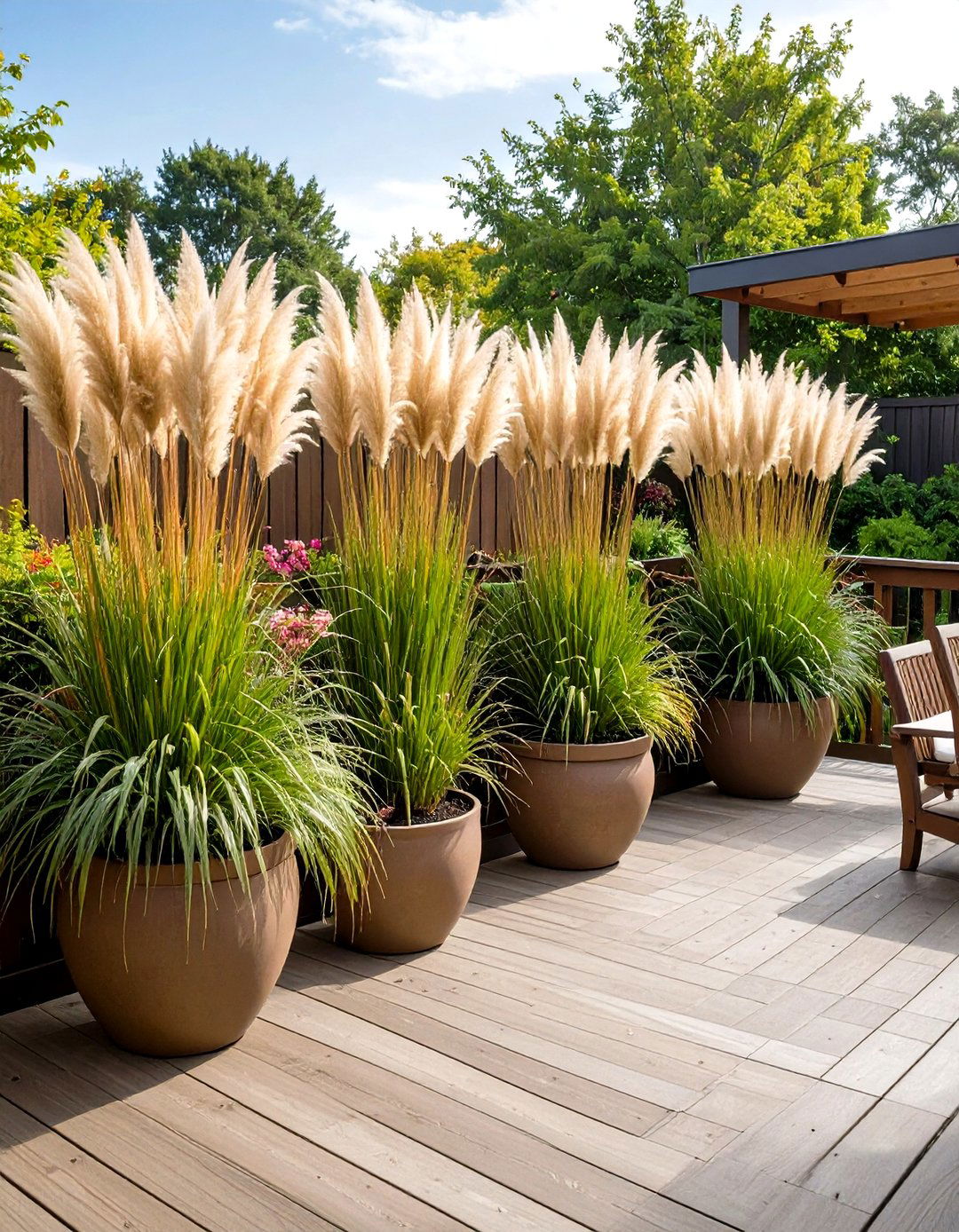
A ribbon of Miscanthus, switchgrass, or feather reed grass planted in troughs instantly forms a soft, rustling barrier that tops out at six to eight feet each summer. Narrow root clumps suit containers, and winter pruning is one quick haircut. Place planters shoulder-to-shoulder along the rail and fill with free-draining soil; grasses hate soggy feet. Leave dried plumes standing until early spring for extra off-season coverage and bird interest. In colder climates, choose hardy cultivars rated at least one zone lower than yours for reliable regrowth. Greenwashing Index This Old House
11. Built-In Deck Walls for Ultimate Seclusion

Framing a half-height stud wall along the rail and skinning it with shiplap or brick veneer creates a solid backdrop that feels architectural, not temporary. Extend posts to support a pergola beam later or notch the top cap for integrated LED strip lighting. Use waterproof flashing where the wall meets decking, and slope the cap slightly to shed water. Inside, add narrow picture-ledge shelving for candles or potted herbs—turning a privacy element into functional décor. Stagger the wall so it blocks the primary neighbor view while keeping other sides open for breezes. The Deck Store
12. Sound-Masking Water Features Beside the Deck
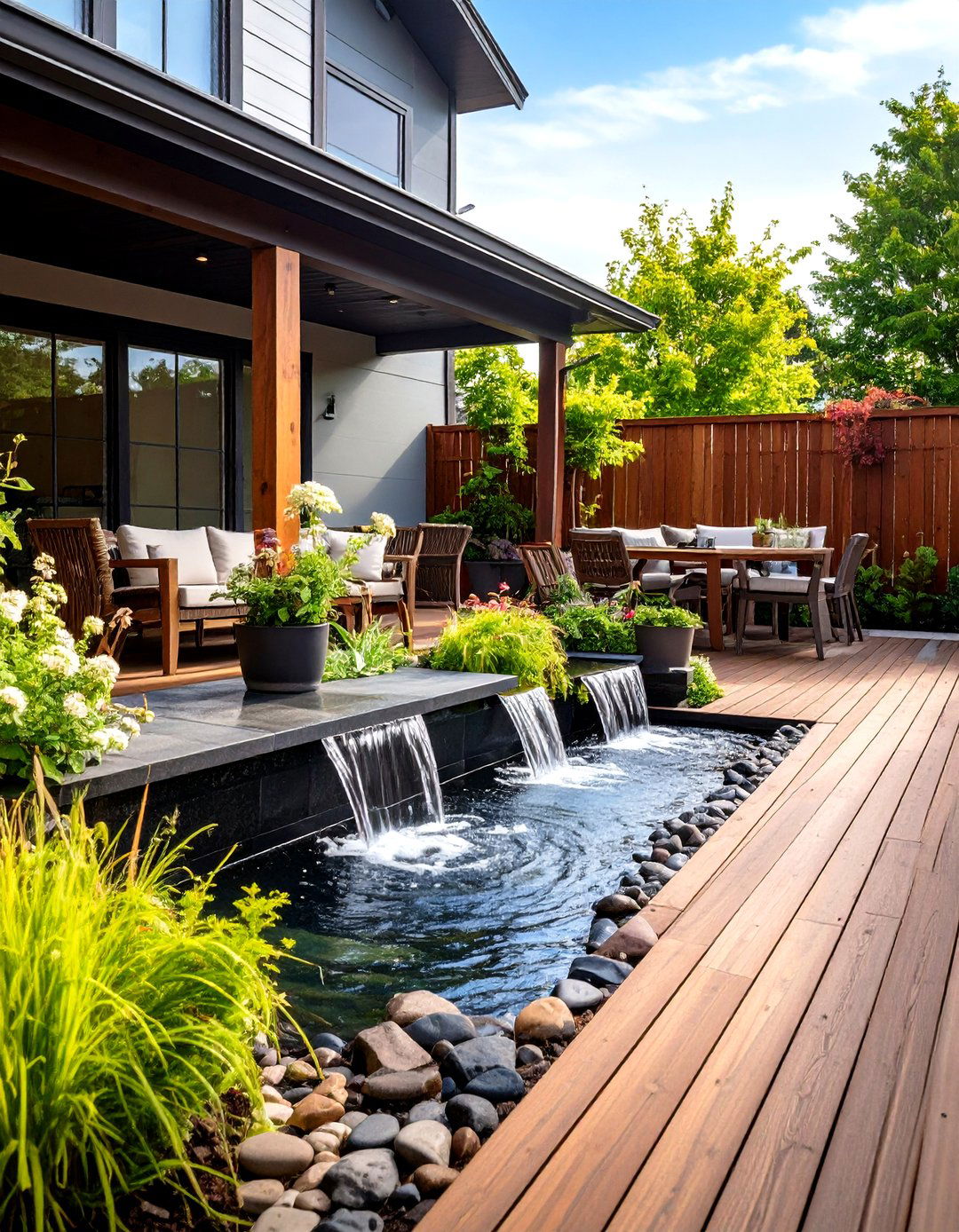
A bubbling fountain placed between your seating zone and street noise masks chatter with soothing, broad-spectrum white noise. Self-contained basins recirculate water, so you only top up during dry spells. For small decks, select a vertical wall-style fountain that doubles as a privacy backdrop; larger spaces can handle a multi-tier bowl or rill. Pair the pump with a dawn-to-dusk smart plug for easy scheduling. Bonus: moving water deters mosquitoes by disrupting their breeding surface. unsustainable This Old House
13. Layered Shrub and Hedge Borders Around Decks

Planting a row of fast-growing evergreens—like ‘Green Giant’ arborvitae—then underplanting with flowering shrubs or colorful perennials builds both height and depth, eliminating that “green wall” monotony. Space trees according to mature spread, not pot size, to avoid thinning later. Mulch heavily and drip-water for the first two years to push establishment. Add stepping-stone access paths every so often for pruning ease. This layered approach blocks views year-round, mutes noise, and creates a wildlife corridor alive with pollinators. The Washington Post This Old House
14. Portable Freestanding Screens for Flexible Deck Privacy
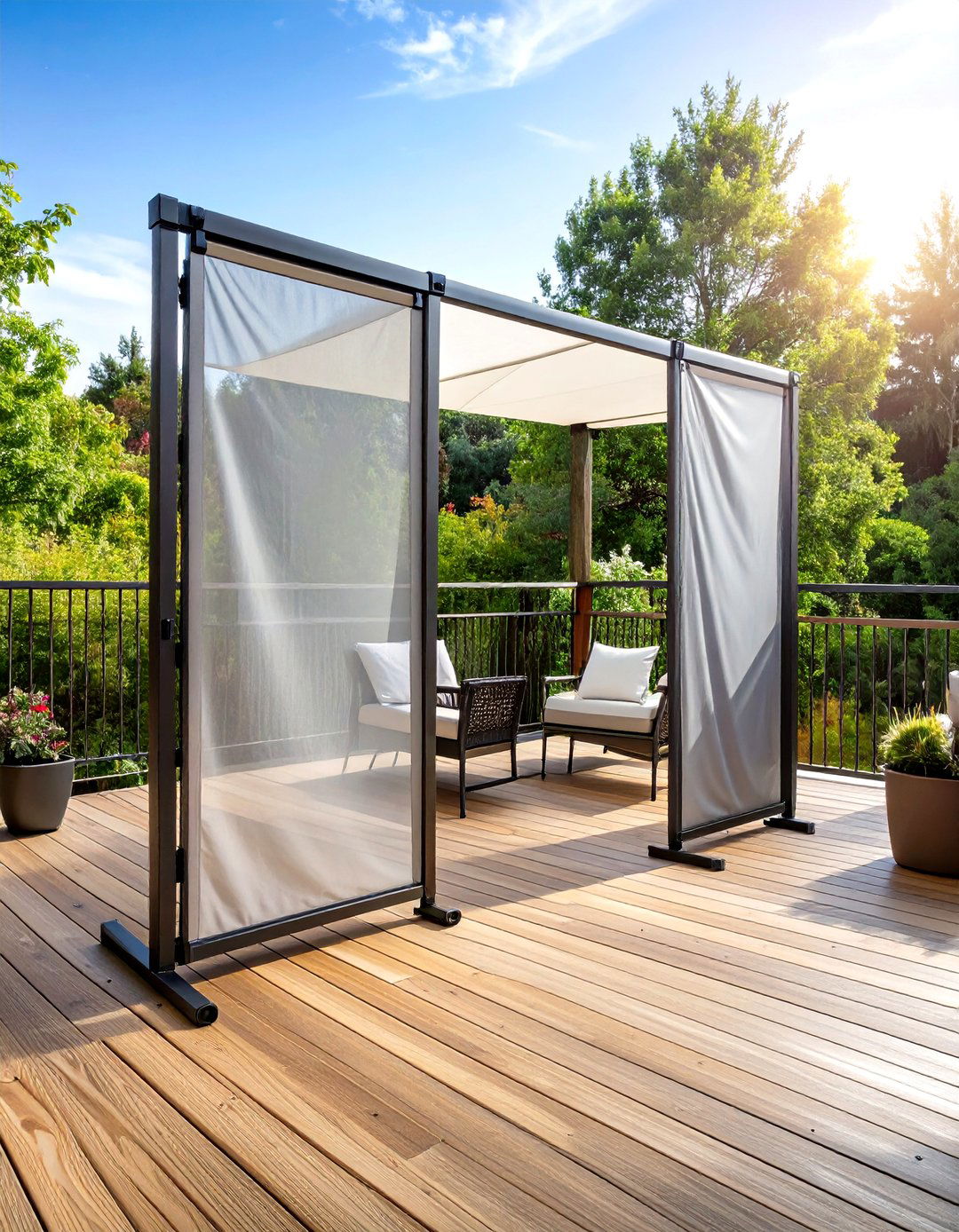
Aluminum or vinyl accordion screens fold flat for winter storage yet stand firm when you need a quick shield from neighbors—or the afternoon sun. Look for powder-coat finishes that match your rail color and locking hinges that resist wind gusts. Weighted feet or integrated planters prevent tipping on breezy ridge-decks. Because the panels aren’t structural, you skirt most permit hassles and can rearrange them as parties or seasons dictate. Keep a spare section behind the grill to hide propane tanks when the screen isn’t in use.
15. Chevron-Pattern Privacy Fence Panels on Decks
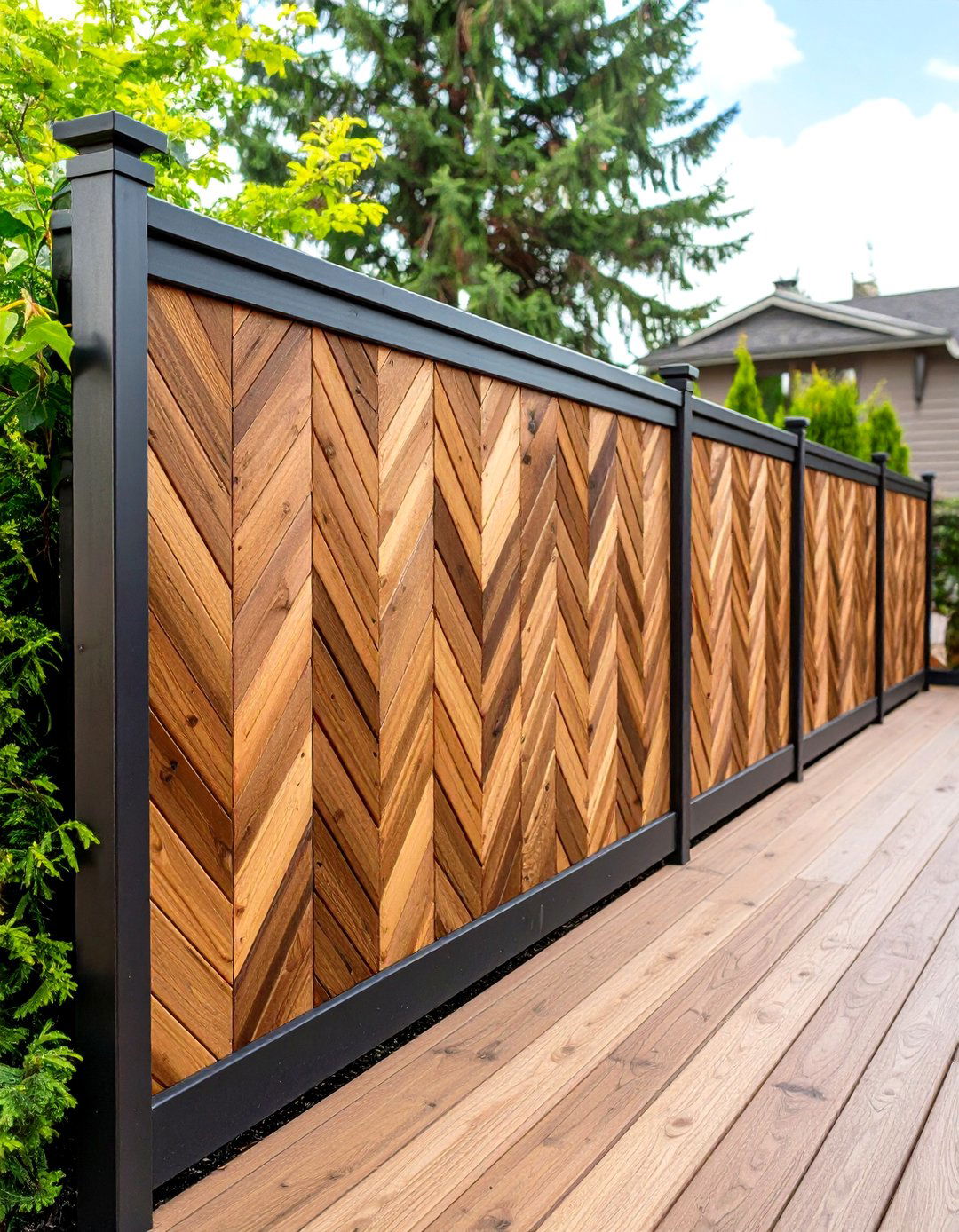
Diagonal boards arranged in a V create texture that elevates a basic privacy screen into a design statement. Alternate stained and natural planks for contrast, or paint the whole chevron wall a bold hue to accent neutral decking. Fasten the boards to a vertical 2×2 grid so gaps remain minimal—critical for blocking wind and view. Prefabricated chevron panels exist, but DIY cuts let you mirror roof pitch or railing angles for cohesion. Seal end grains thoroughly to avoid water wicking along the diagonal. Architectural Digest
16. Horizontal Slatted Wood Walls for Breezy Deck Privacy
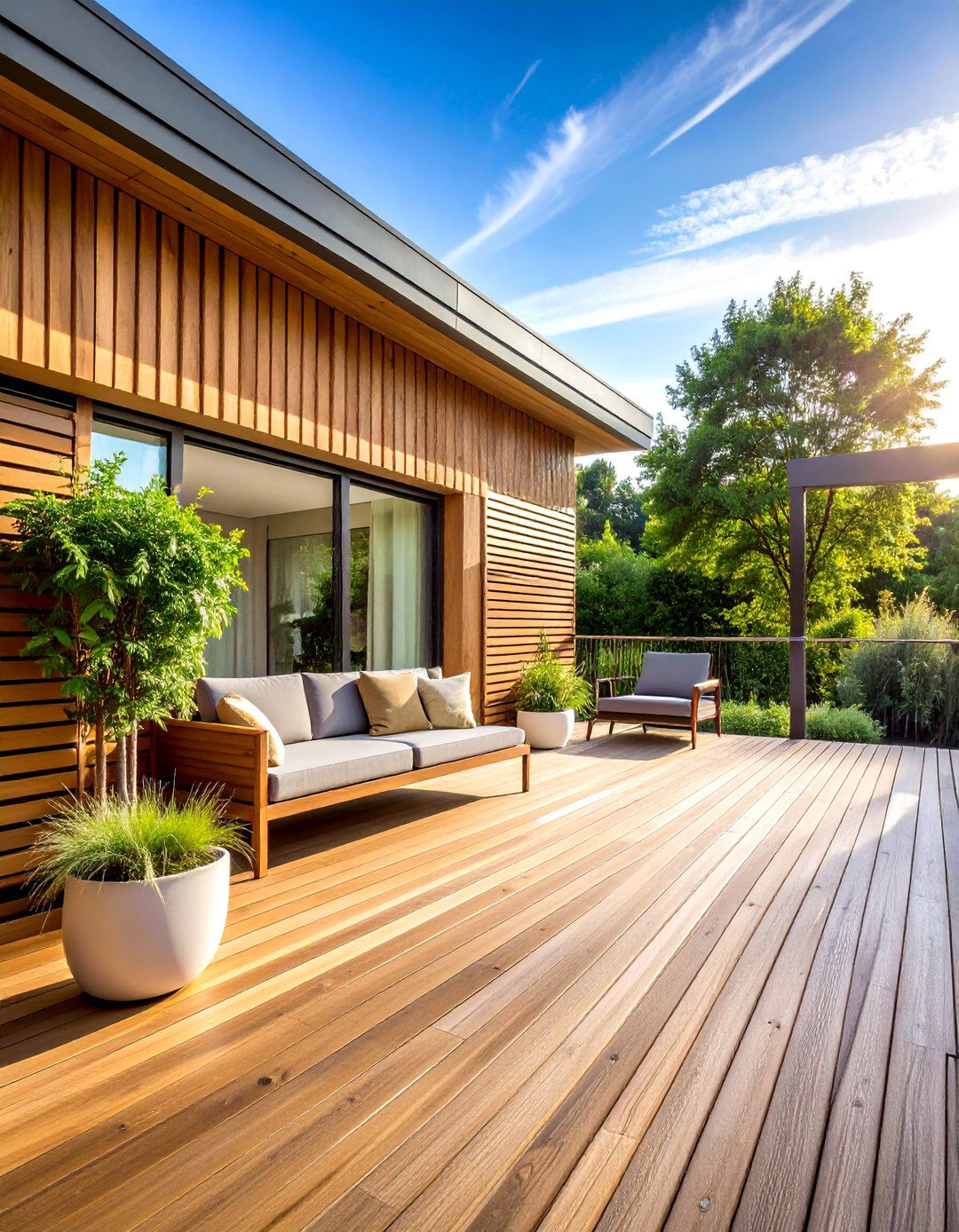
Slim cedar or thermally-modified pine boards spaced ½-inch apart filter sightlines while allowing air movement—ideal for hot, humid climates. Mount boards with hidden fasteners to keep the rhythm uninterrupted, and vary widths randomly for modern flair. Because slats dry quickly, maintenance boils down to an annual clear sealer coat; oils deepen the wood’s tone, while water-based products retain the pale look. Back-light the wall with low-voltage LEDs to create a glowing backdrop after dusk. Naperville Roofing & Construction The Spruce
17. Laser-Cut Metal Art Screens for Stylish Deck Seclusion
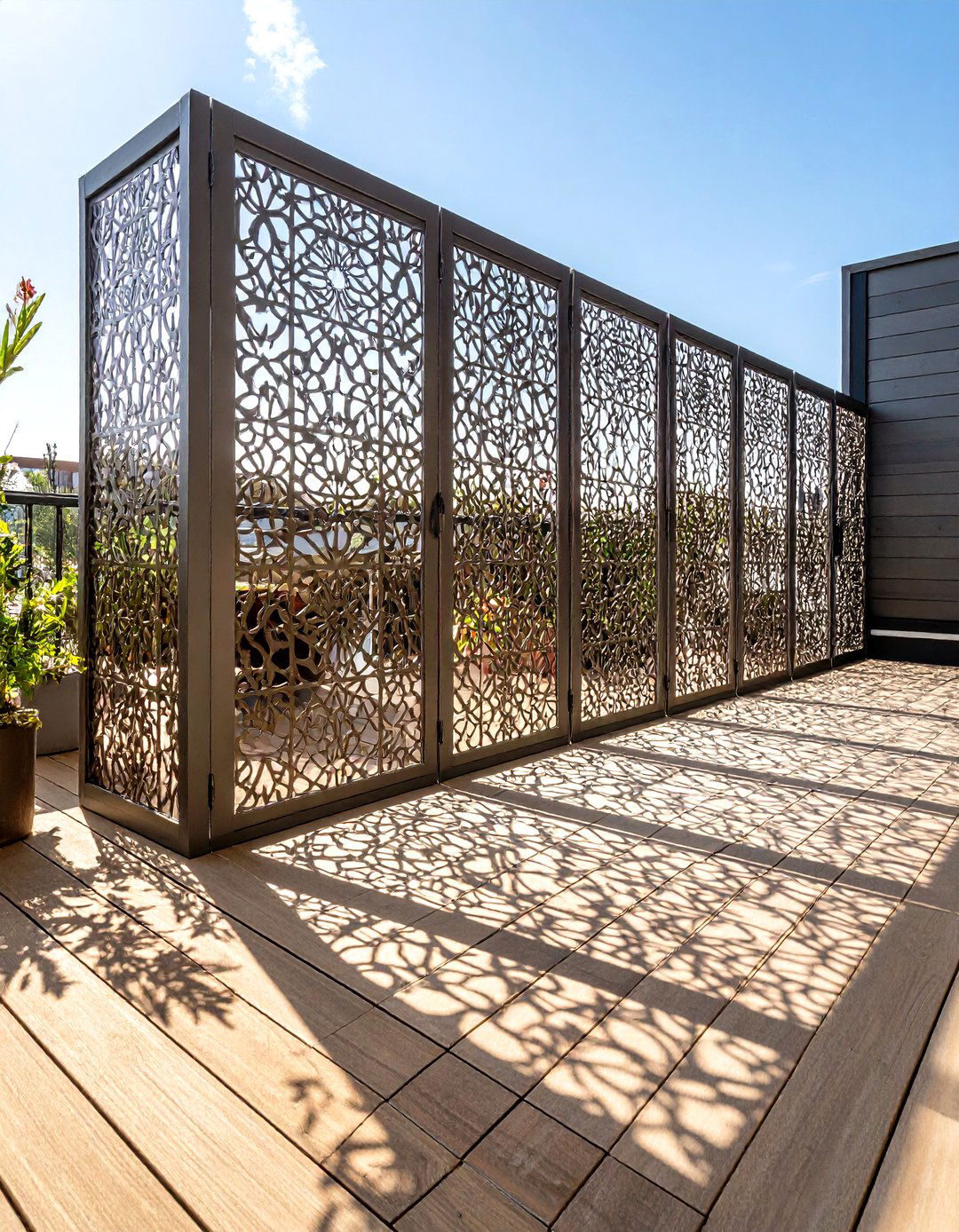
Powder-coated aluminum panels with intricate cut-outs double as art and privacy, casting dappled shadows across the deck. Choose patterns that echo garden themes or modern geometrics, and specify a minimum 3 mm thickness for rigidity. Surface-mount brackets bolt through the rim joist; add rubber gaskets to prevent metal-on-metal squeaks. For a softer edge, plant tall ornamental grasses a foot in front to sway against the steel and blur outlines. Cascade Fence and Deck
18. Cantilever Umbrellas with Side Panels on Decks
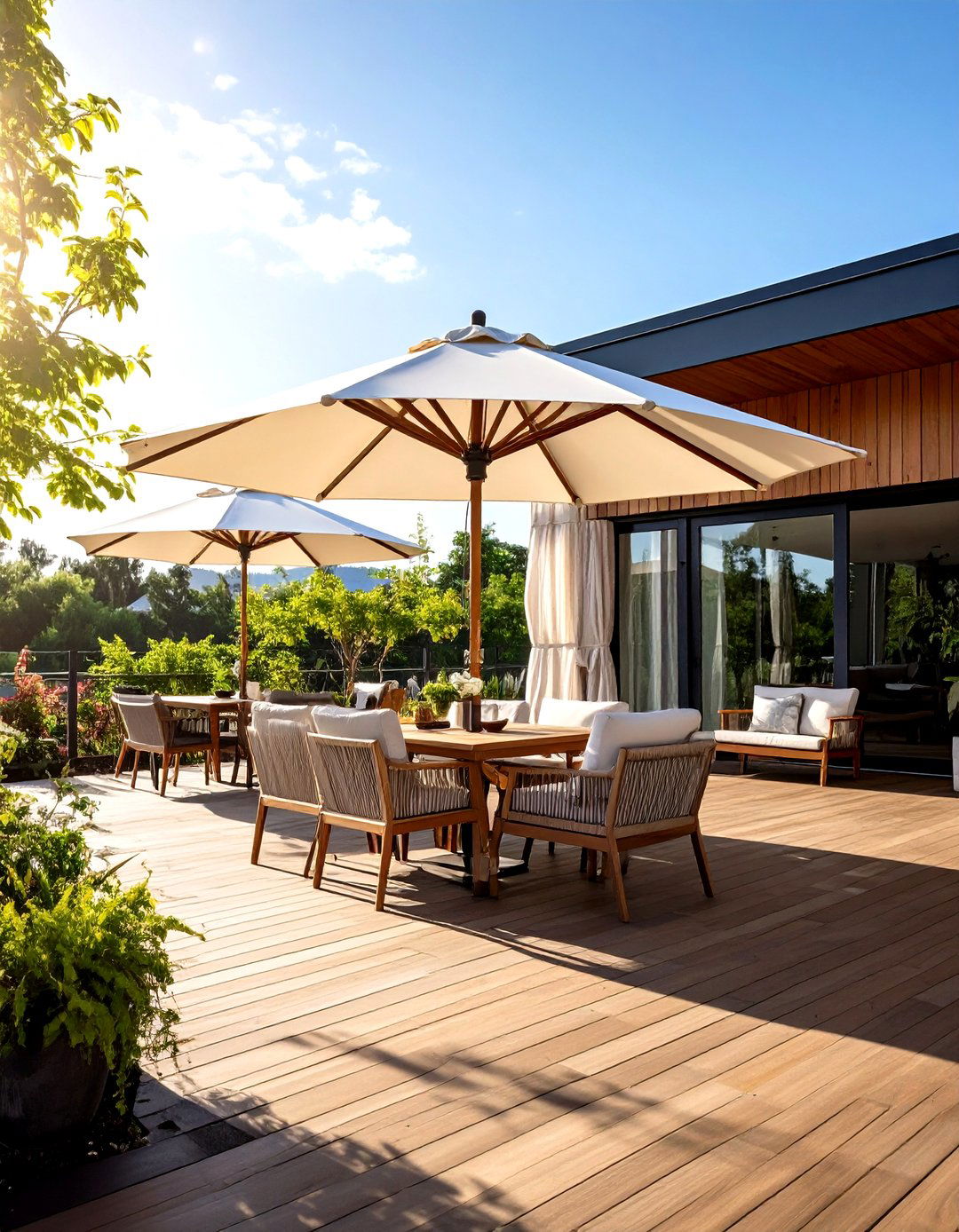
A big-wing umbrella mounted off the corner of the deck liberates floor space while its drop-down side curtain shields late-day glare or prying balconies. Rotating bases swing 360° to track the sun, and quick-zip panels stash in the mast sleeve when not needed. Fill the cross-foot with sand or bolt it to joists for stability. Replace fabric every five to seven years; sticking with neutral colors prevents fade mismatch when adding new panels. The Spruce
19. Double-Wall Acoustic Fencing Adjacent to Decks
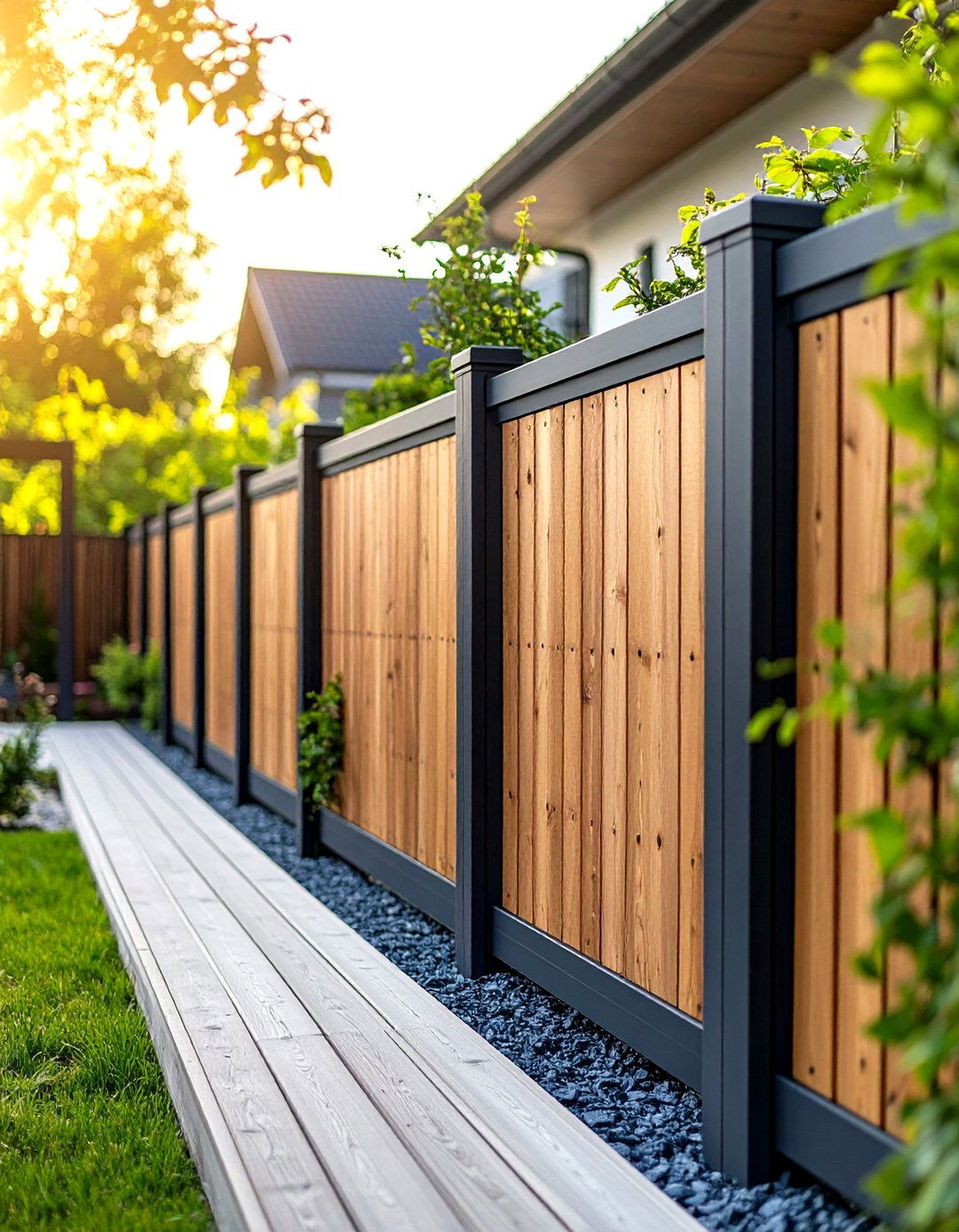
When traffic roar or loud neighbors intrude, build a sound-blocking barrier a few feet from the deck edge: two parallel solid fences with mineral-wool batts sandwiched in between. Cap and seal the top to keep insulation dry, and stagger seams so no direct line of sight exists through the structure. Even a six-foot-high assembly can knock 6–10 dB off ambient noise, turning conversation from shouting to normal tones. Paint or clad the outer face to match siding, and train vines up the inner wall for greenery. This Old House
20. Overhead Canopies with Drop-Down Screens for Deck Privacy

Combine a fixed polycarbonate canopy or fabric awning overhead with roll-down mesh screens on the open sides to create an outdoor “room” that adapts to weather and guests. Clear roofing keeps the deck bright yet blocks rain; opaque fabrics cut heat in sun-soaked zones. Add cable-guided drop screens for mosquito-free evenings and instant privacy. Motorizing both layers ties them to smart-home routines—closing automatically at sunset or when wind sensors detect storms. Reinforced corner posts are essential; consult the canopy’s wind-load chart before placement. Livingetc
Conclusion:
Achieving true deck privacy rarely relies on a single solution; the most comfortable spaces layer vertical screens, overhead shade, strategic planting, and even sound to create a retreat that feels personal yet open to sky and breeze. Whether you favor living walls that pulse with seasonal color or tech-savvy louvers you adjust from a phone, every idea above prioritizes durability, low maintenance, and aesthetic harmony. Mix the options that fit your climate, architecture, and lifestyle, and you’ll transform any exposed platform into a sanctuary where laughter—and conversations—stay pleasantly yours.


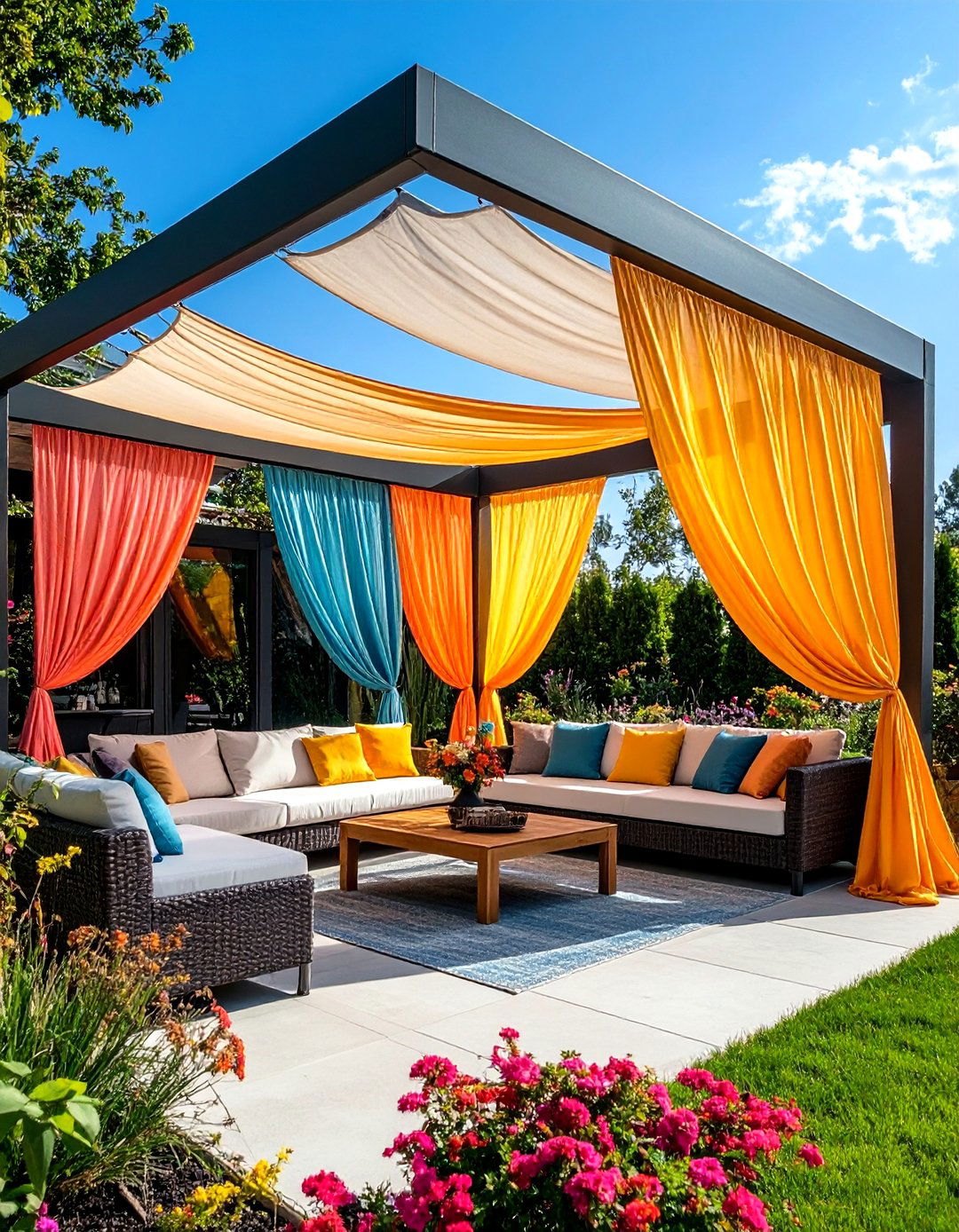
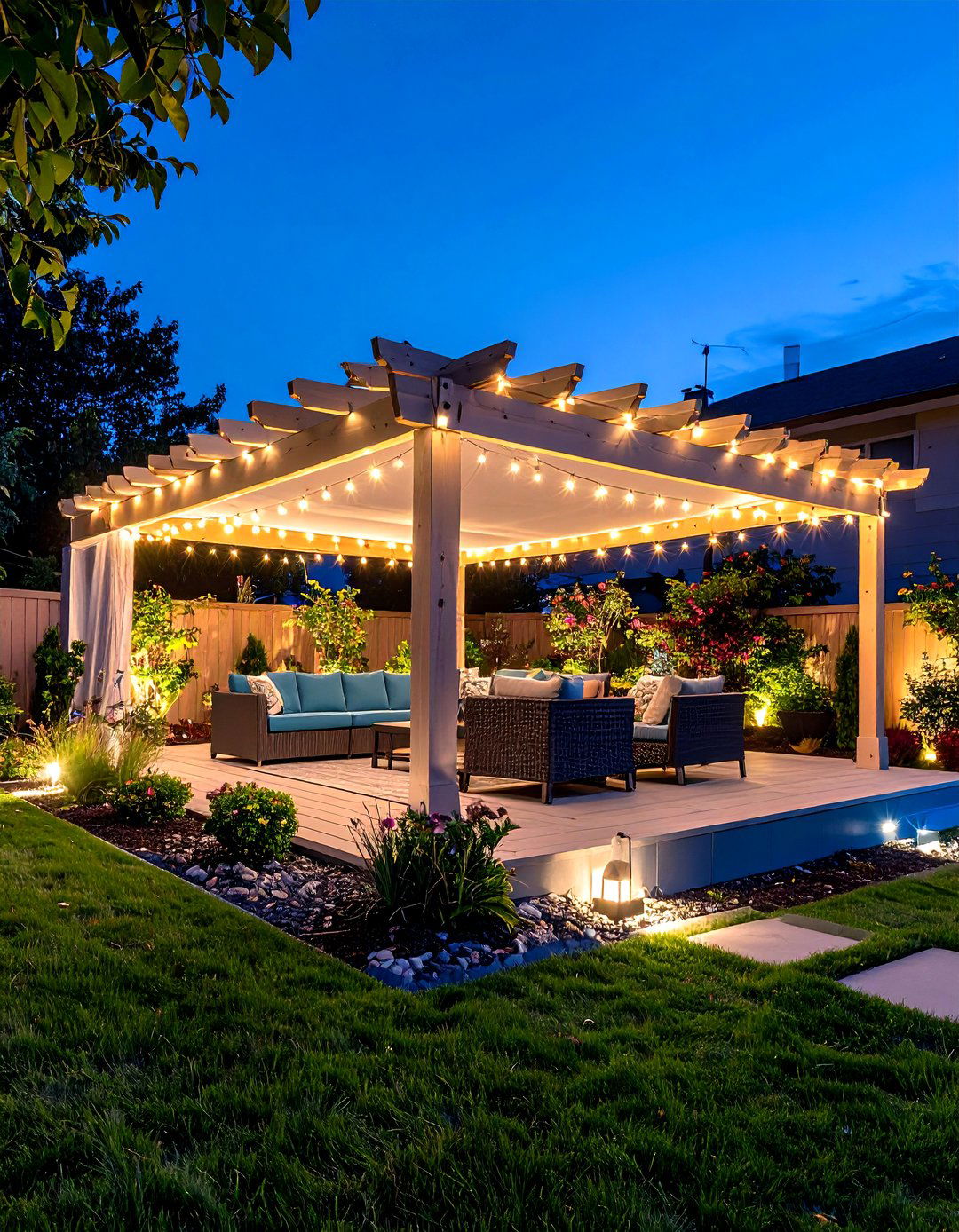
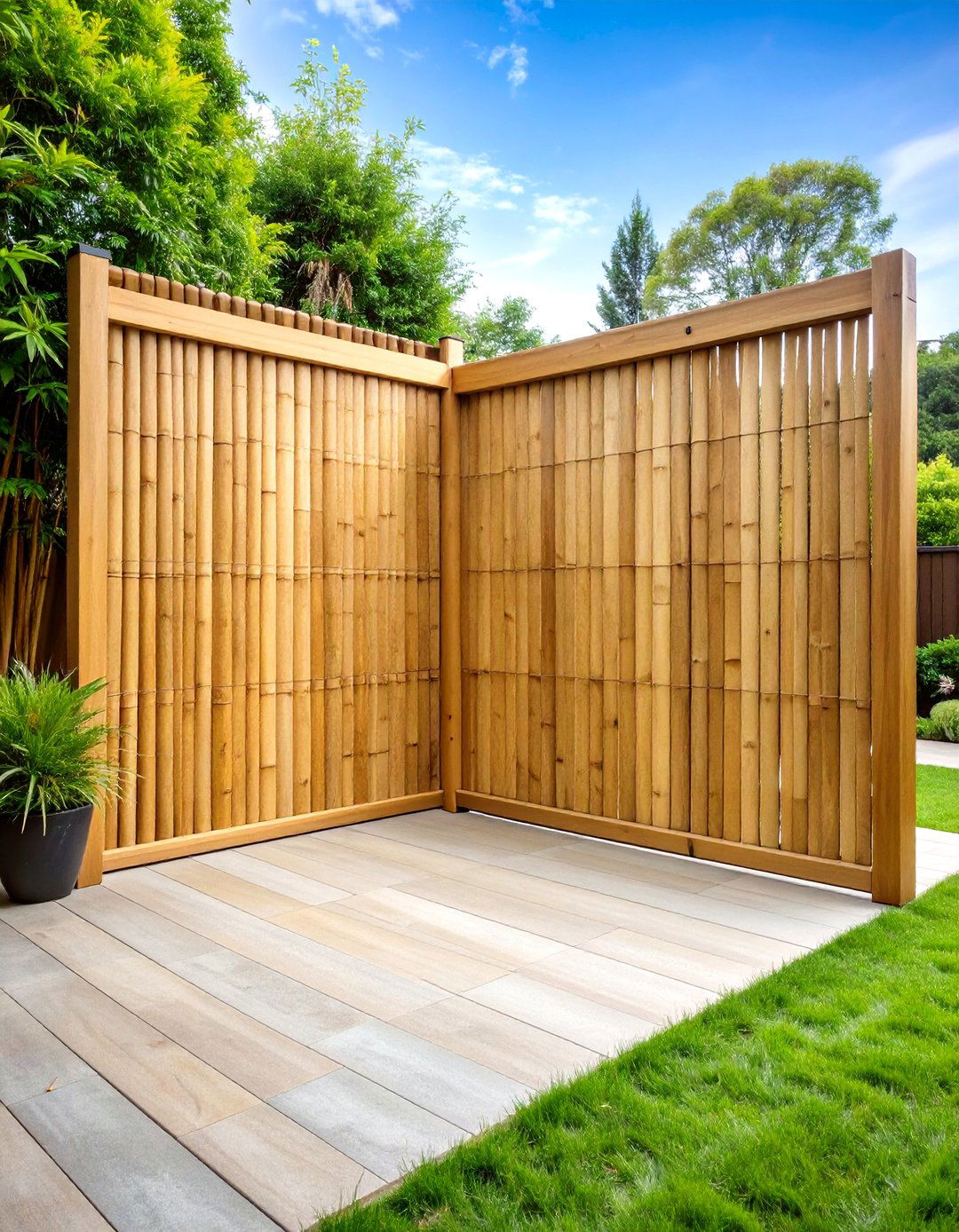
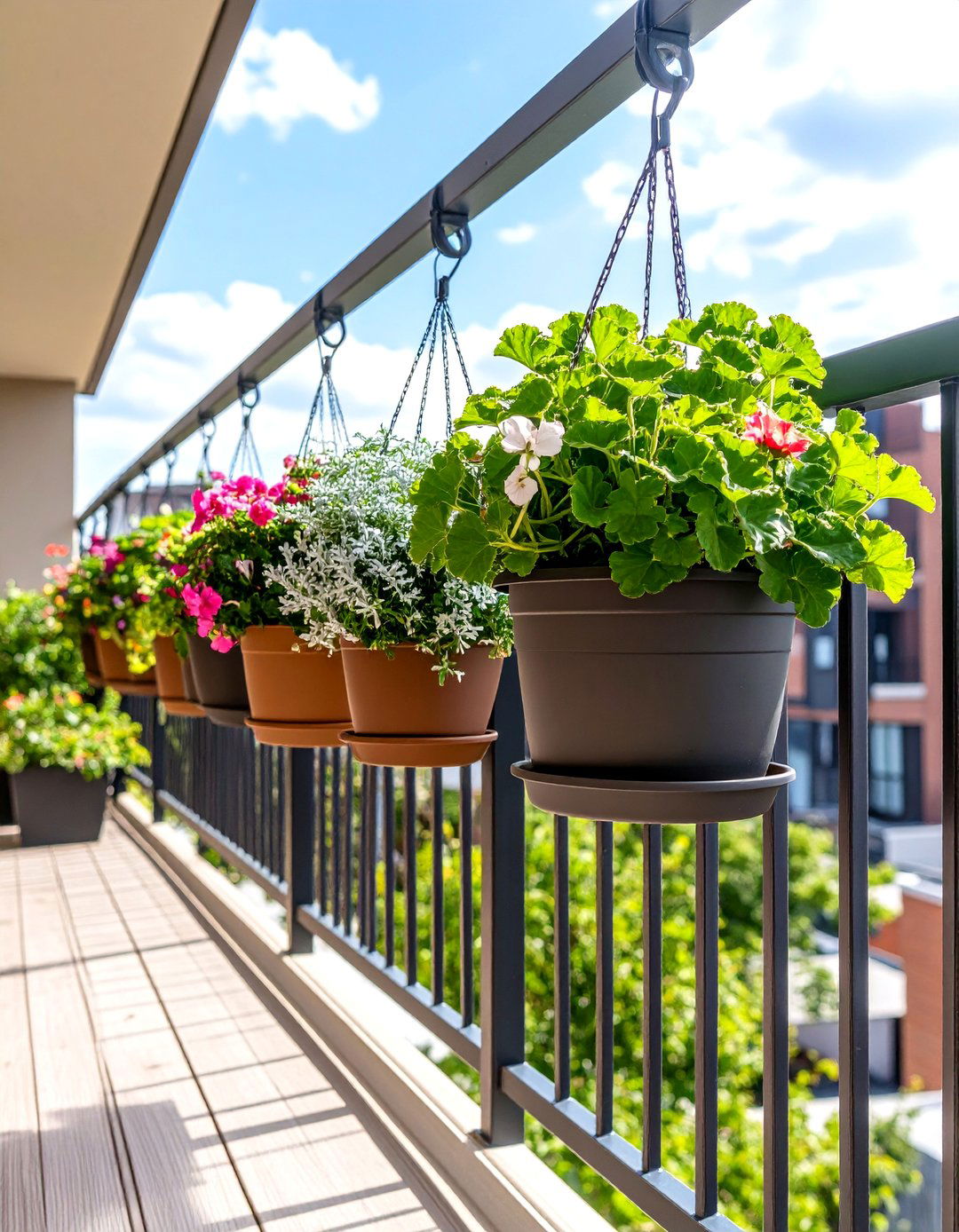
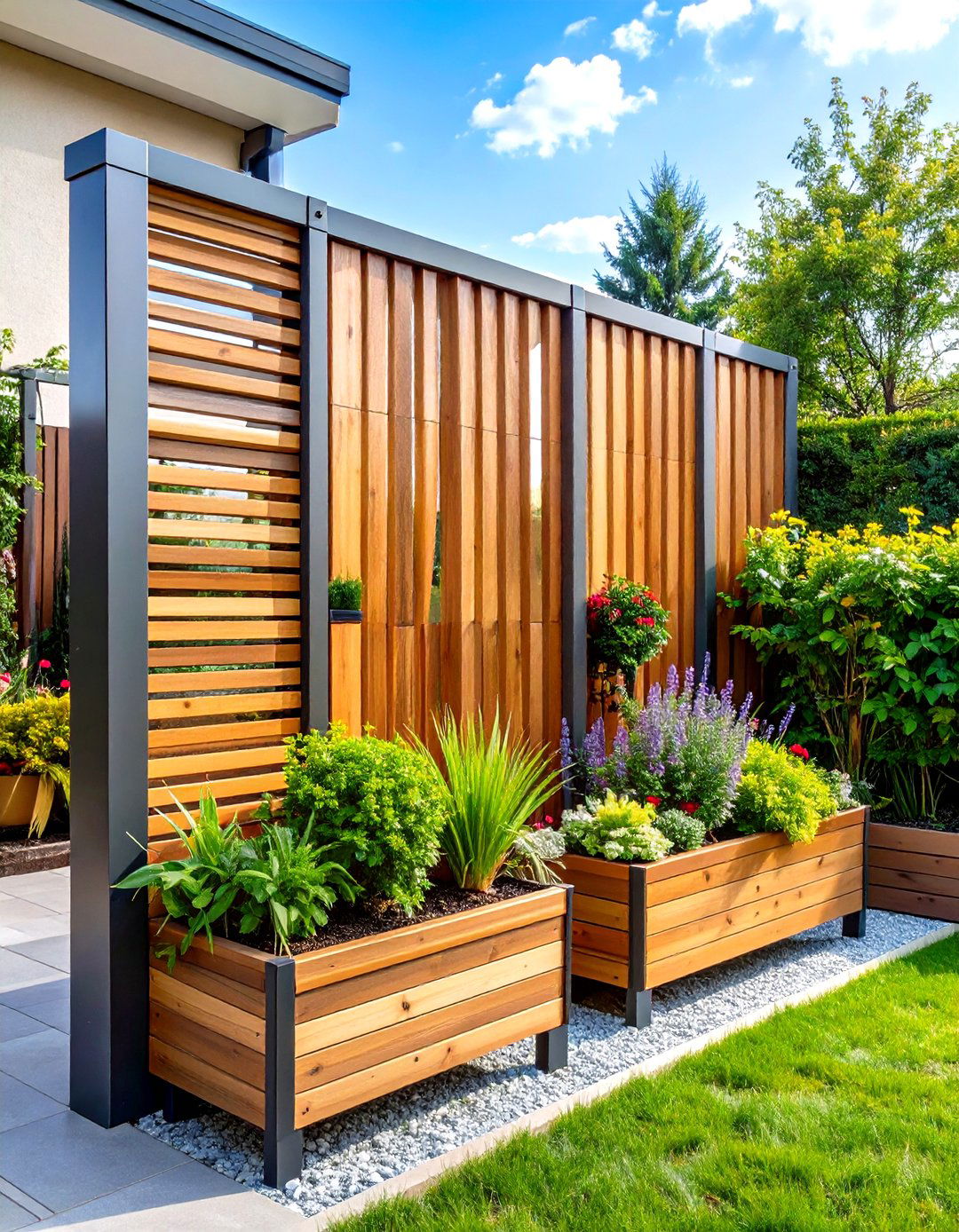
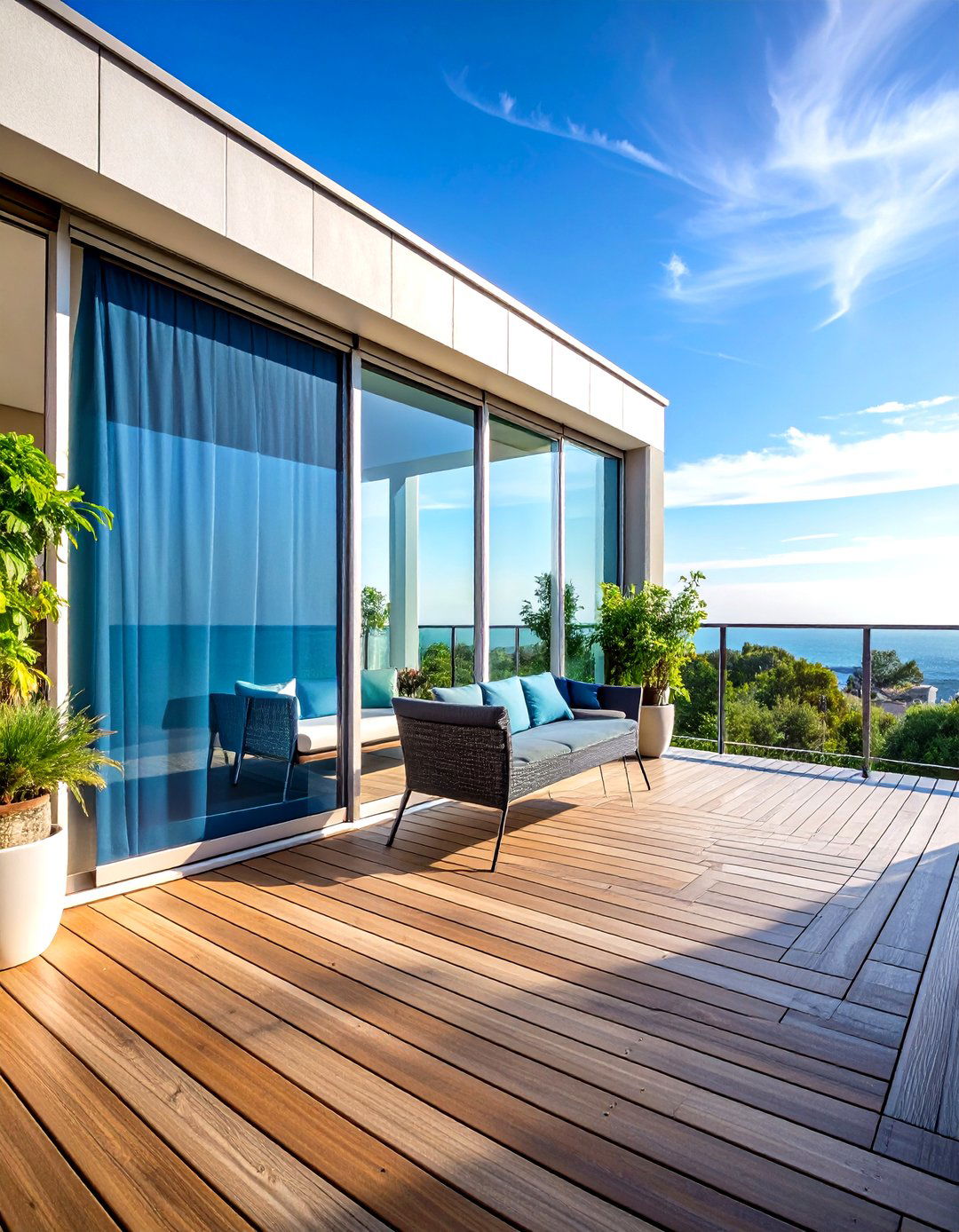
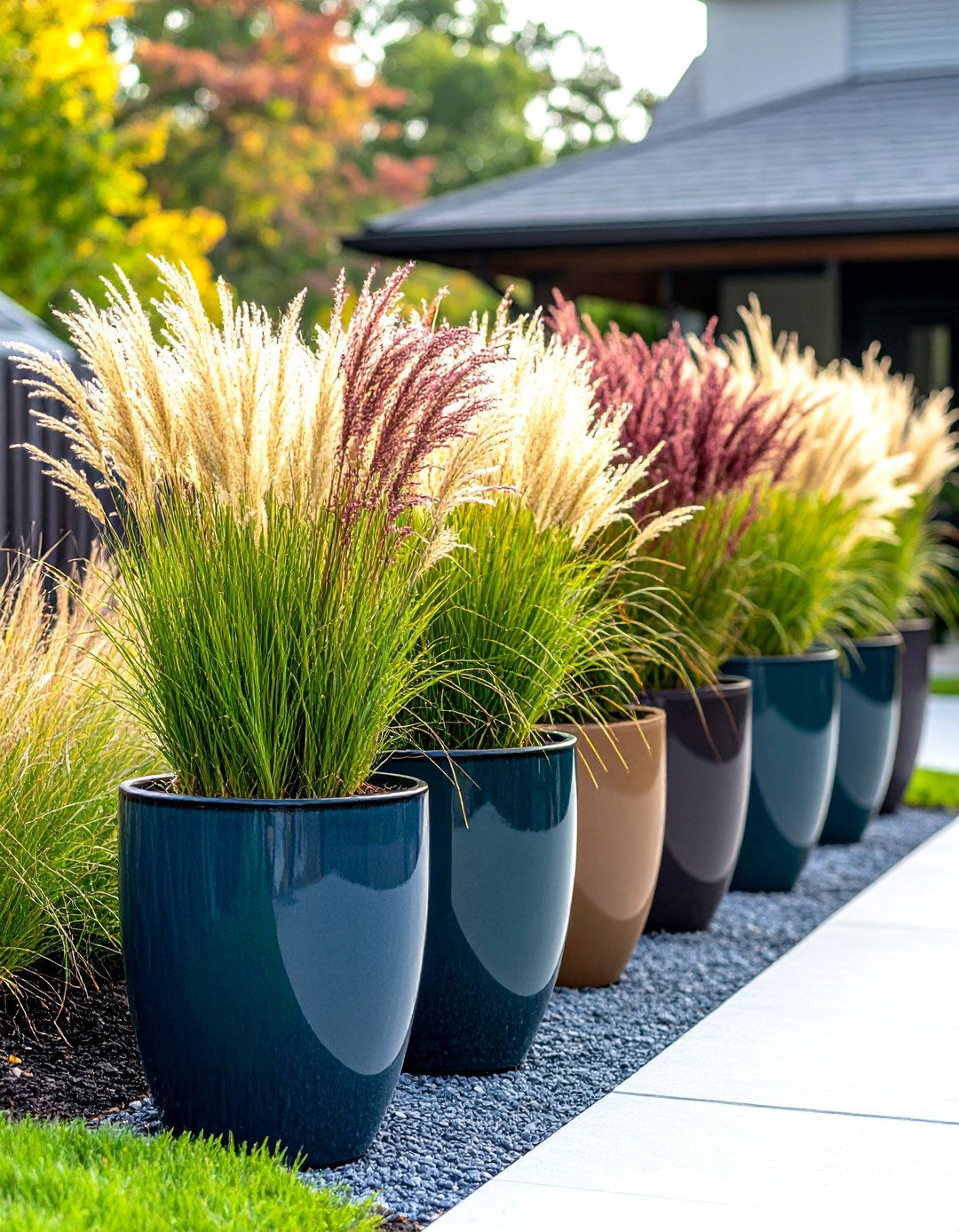
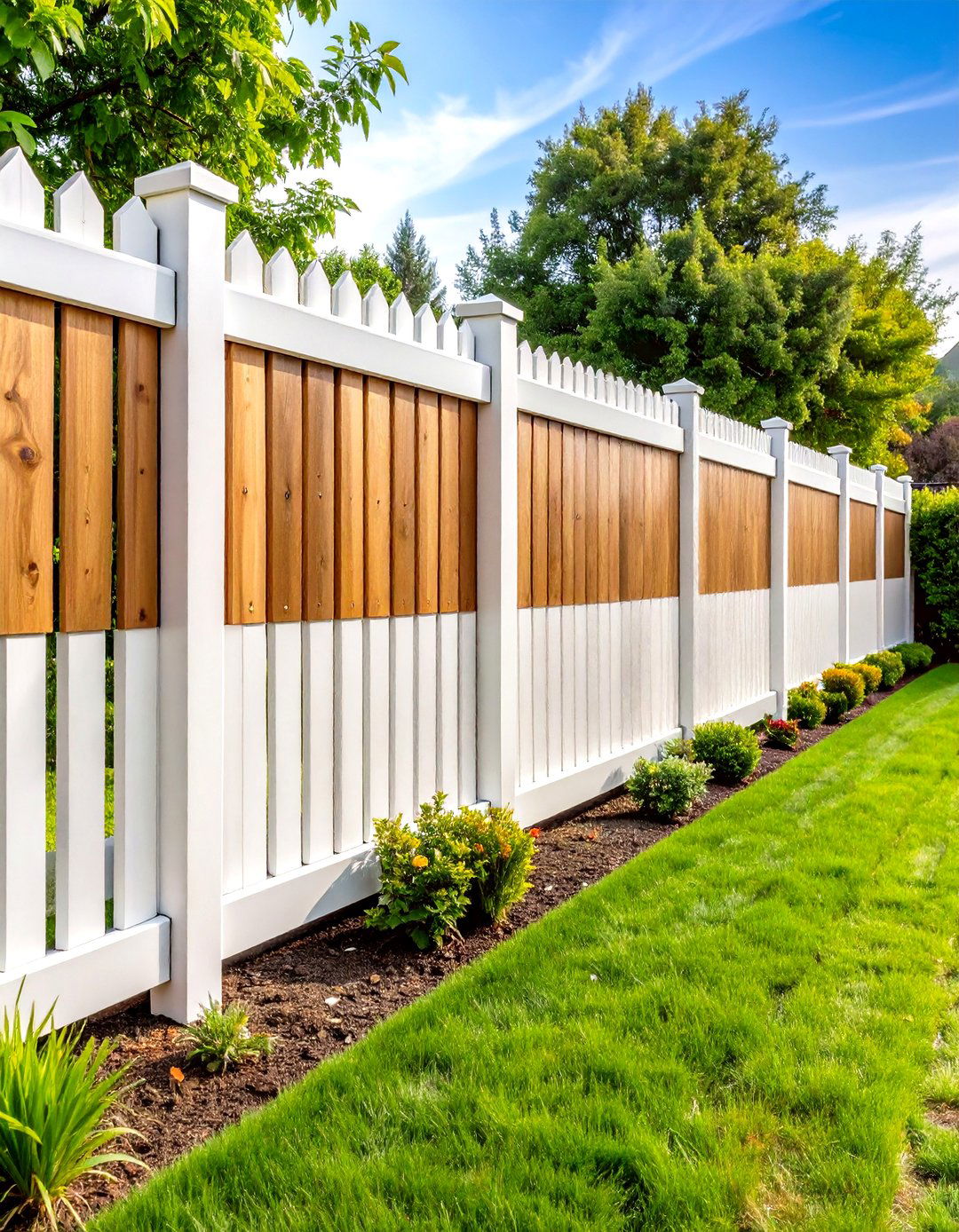
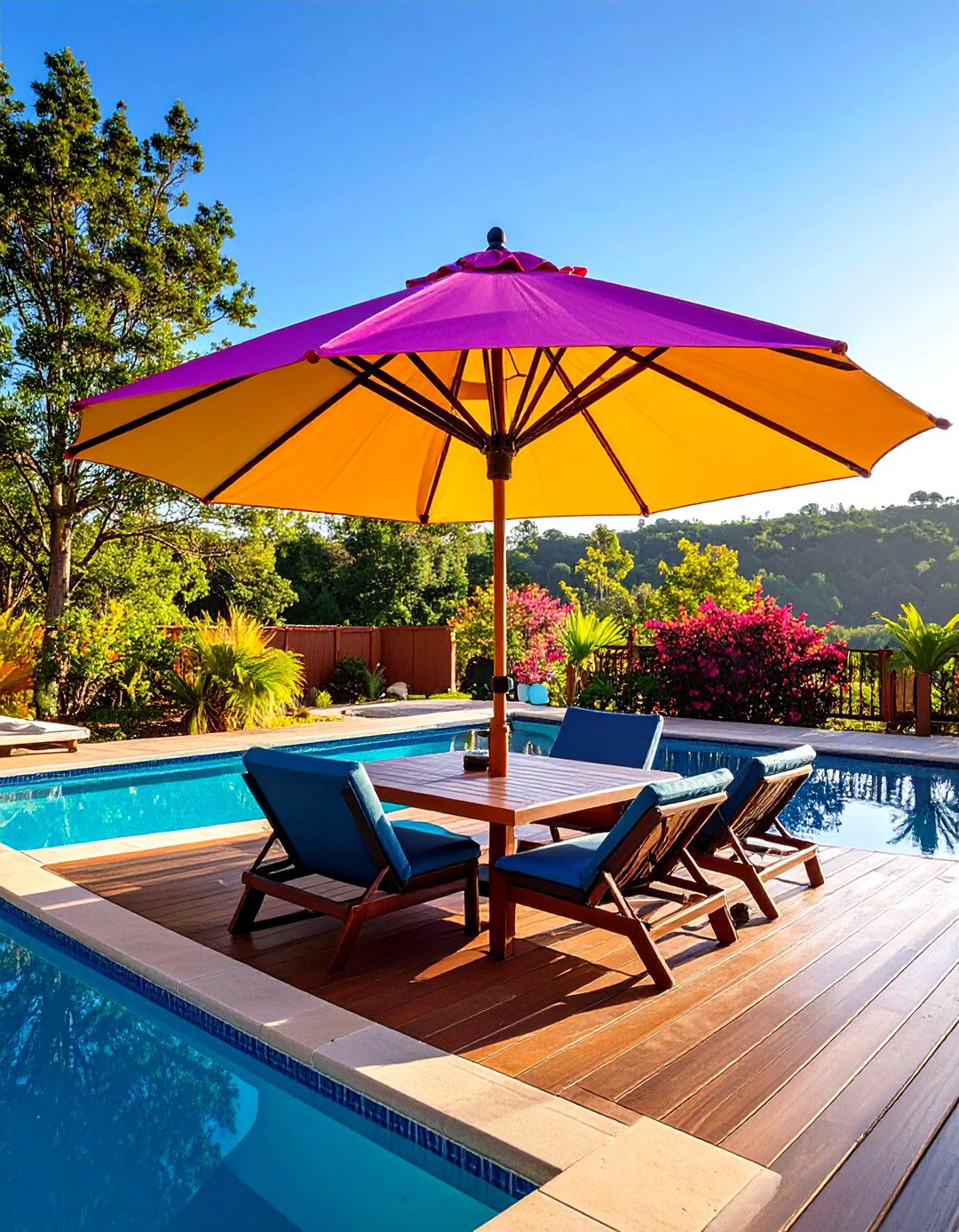
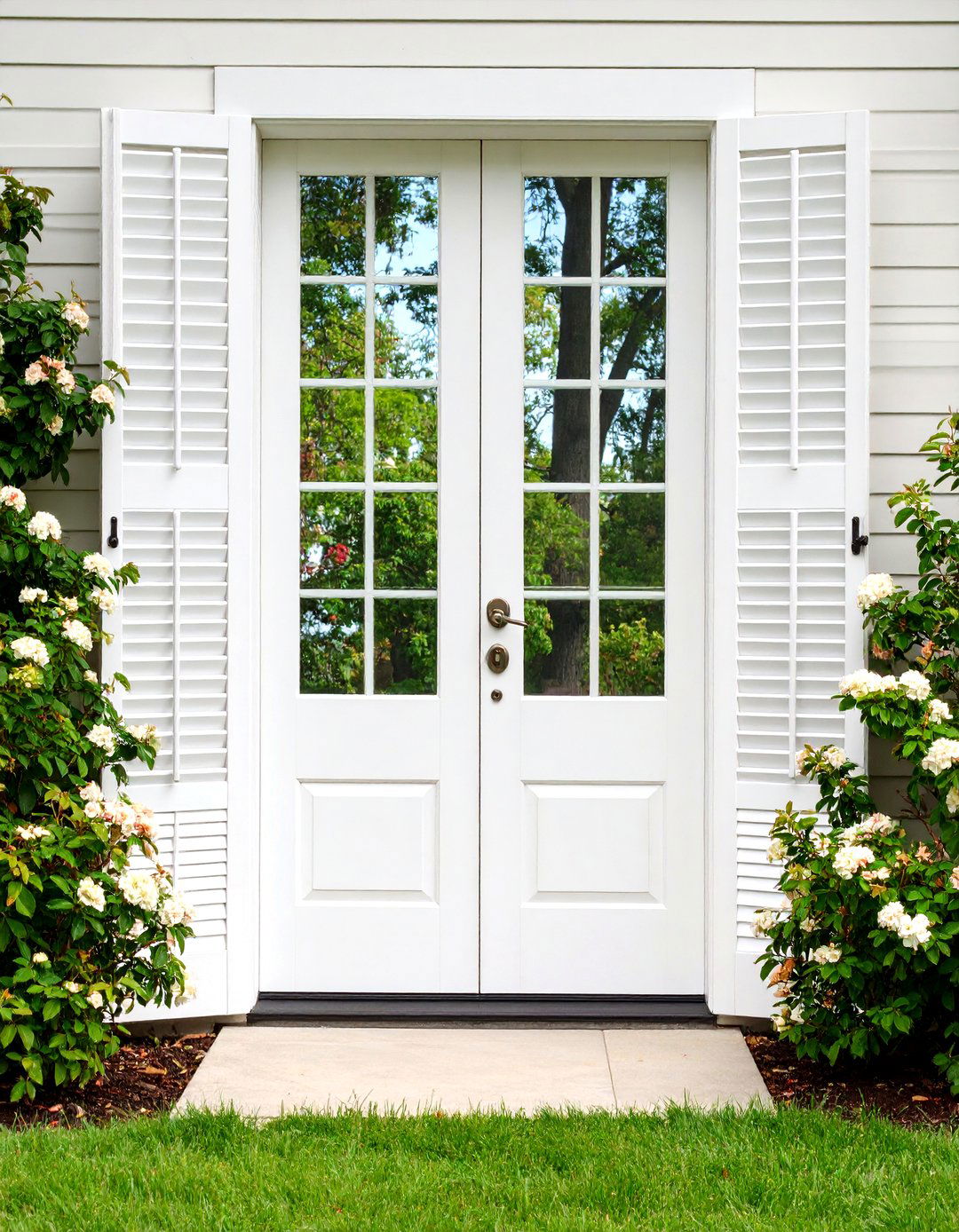
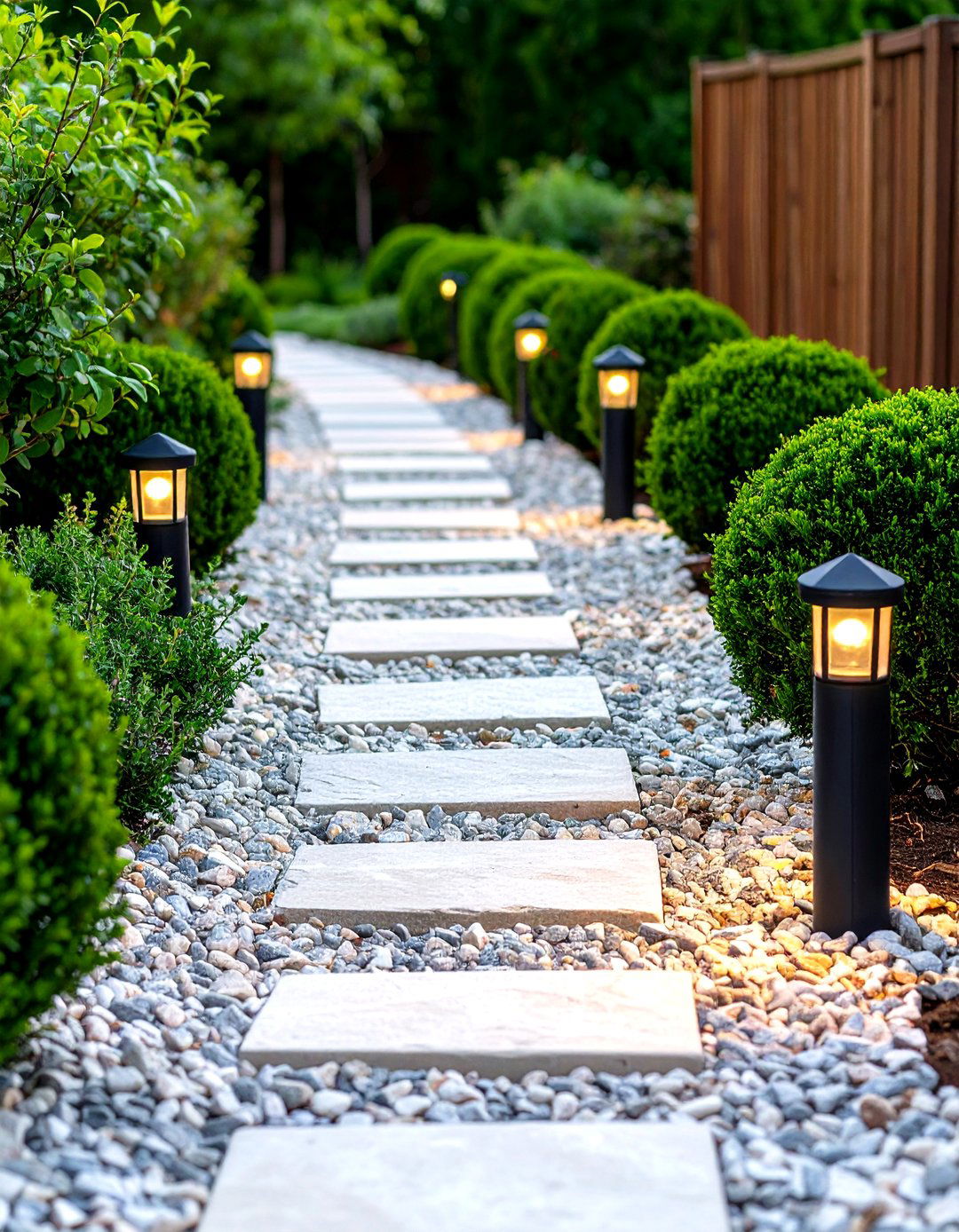
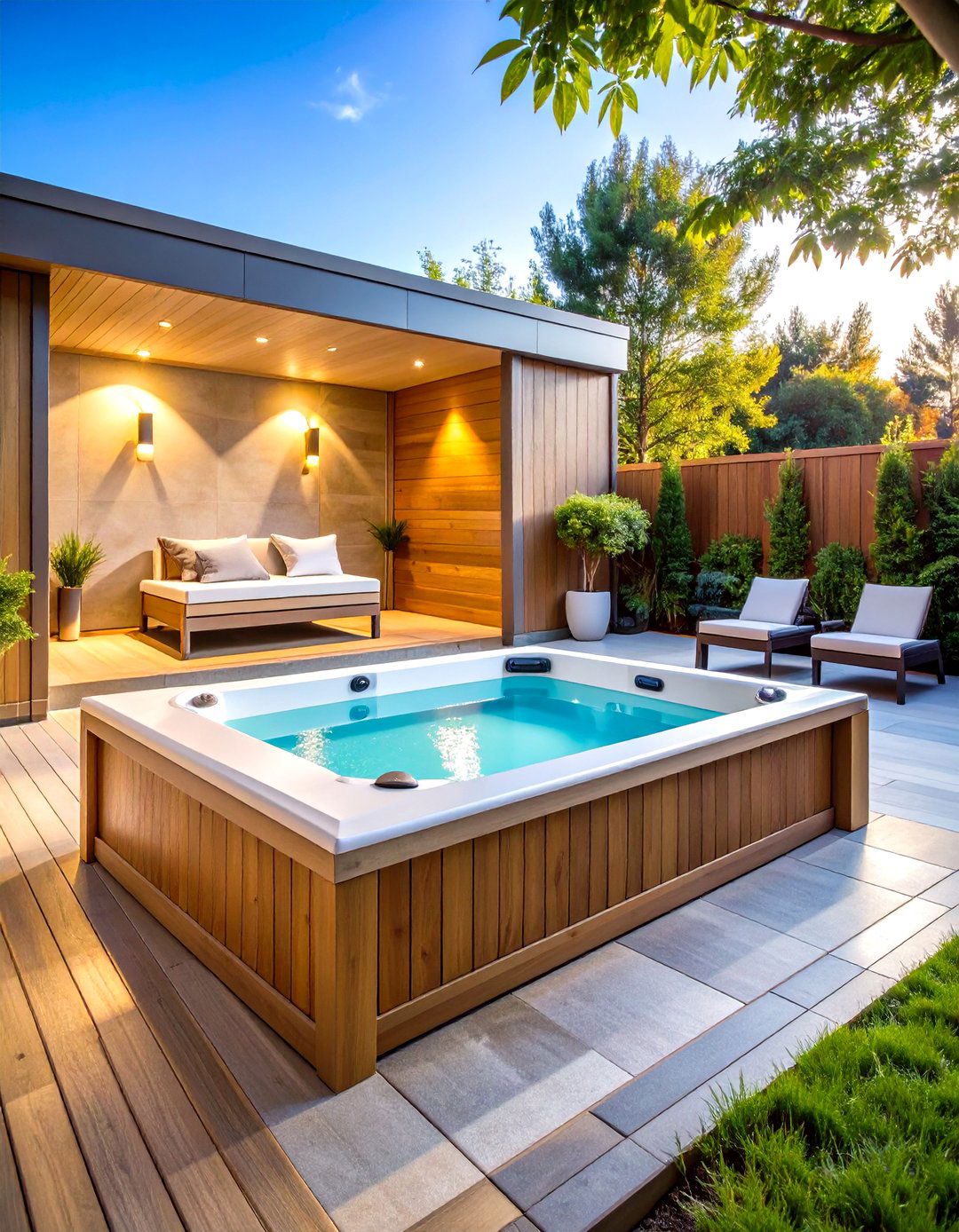
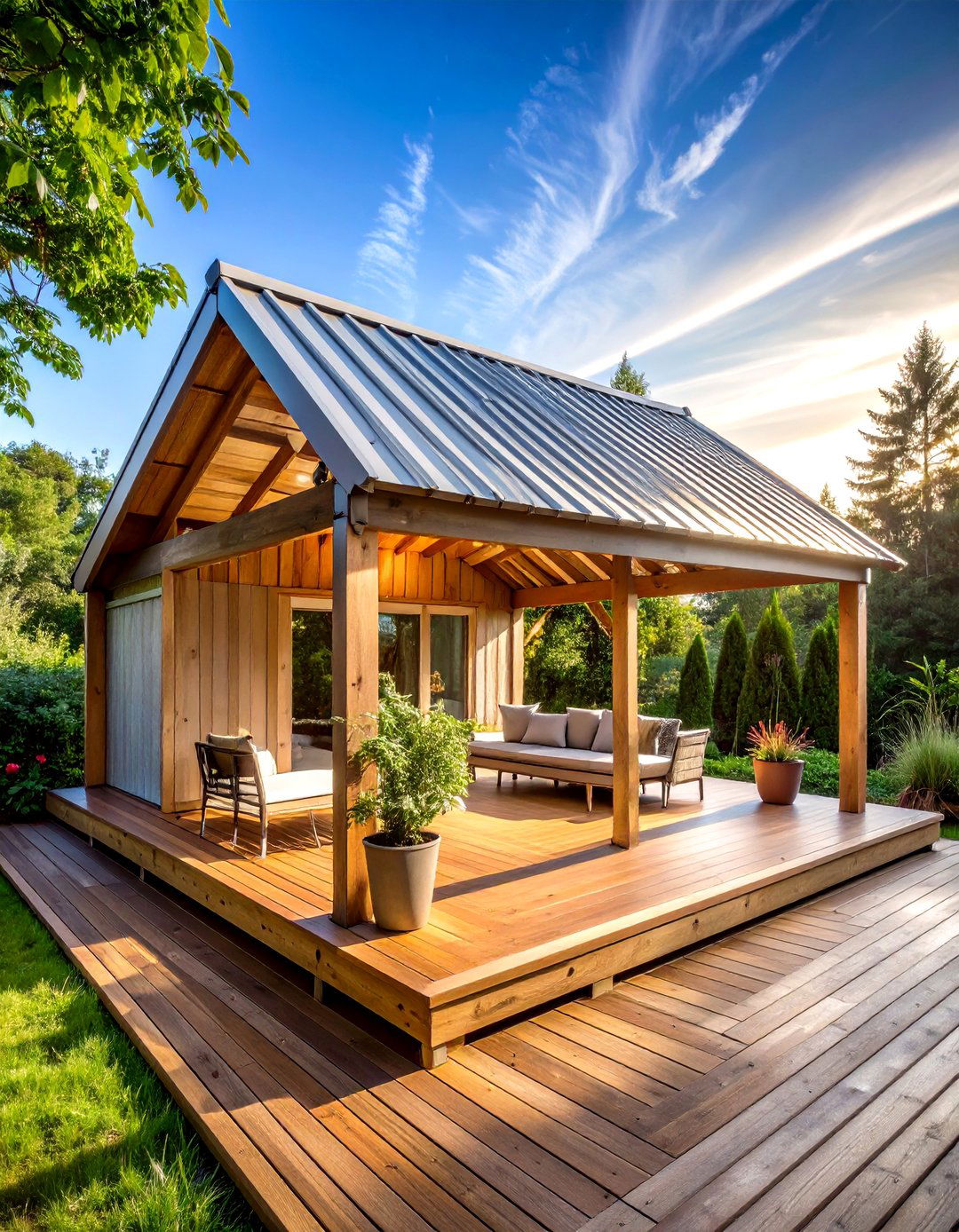
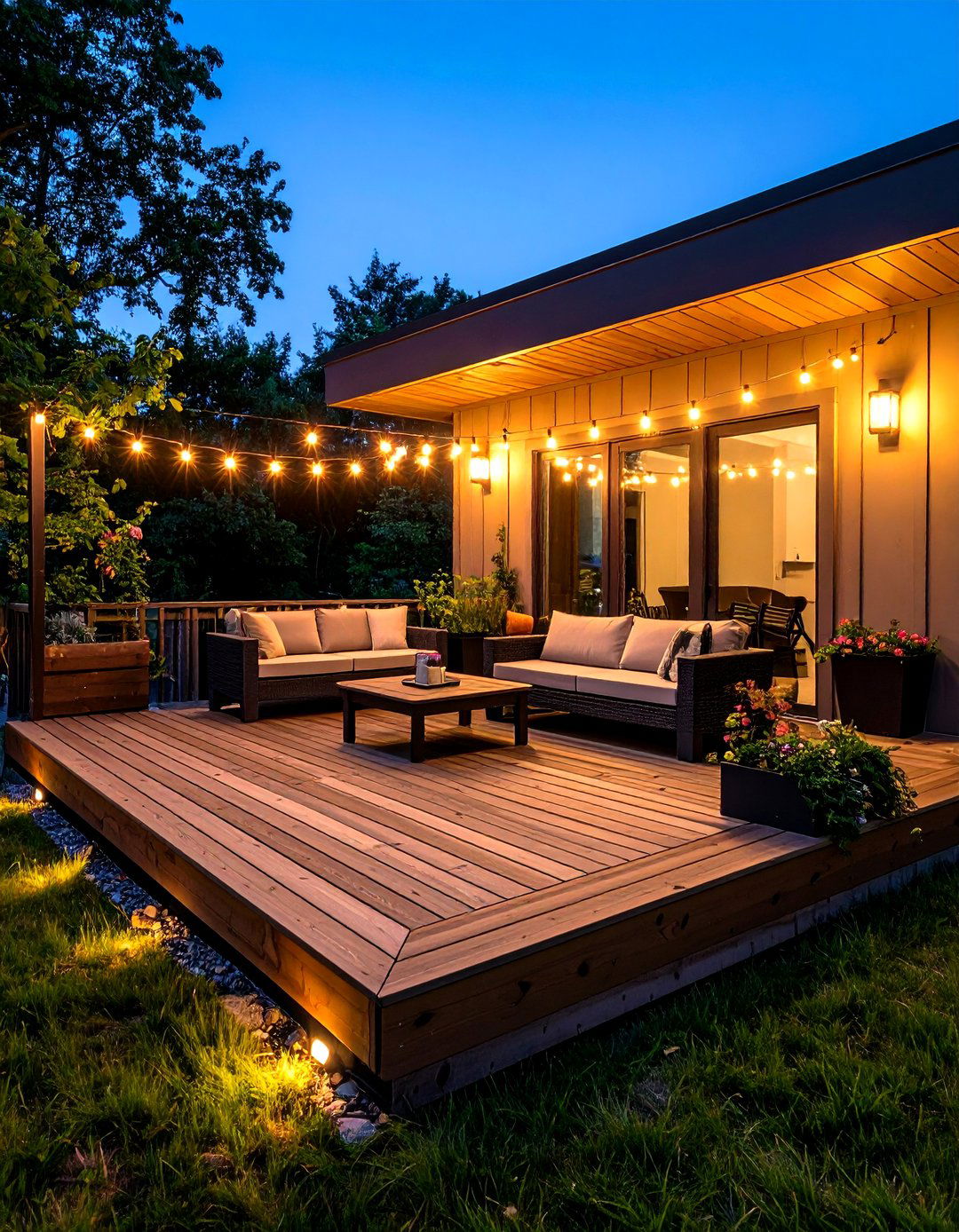
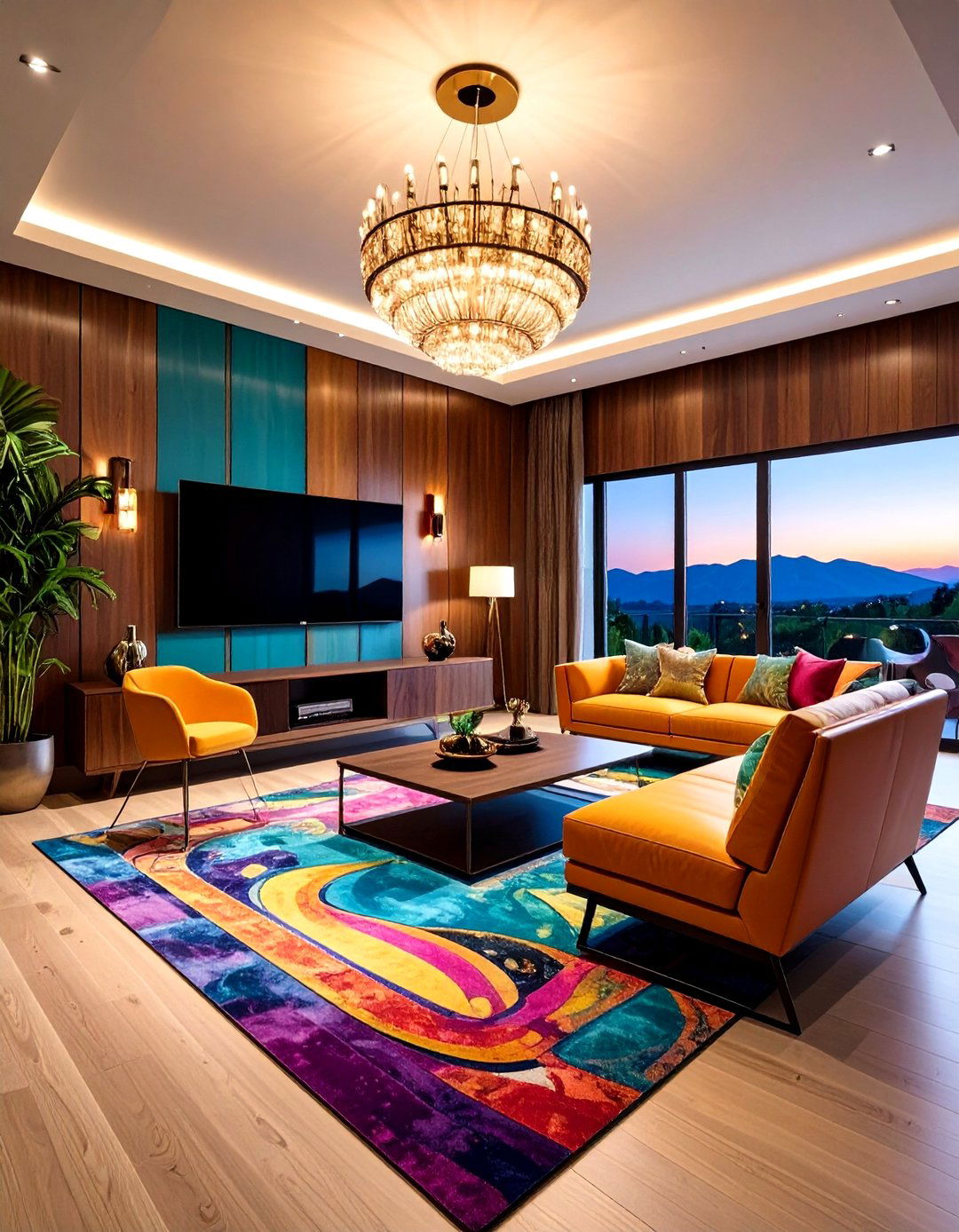
Leave a Reply